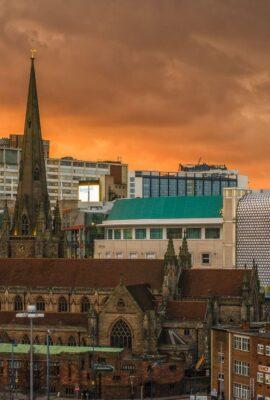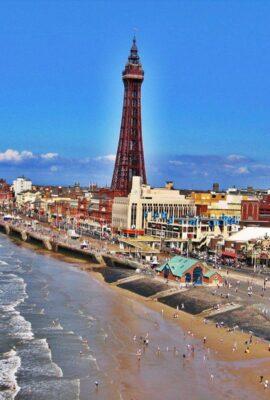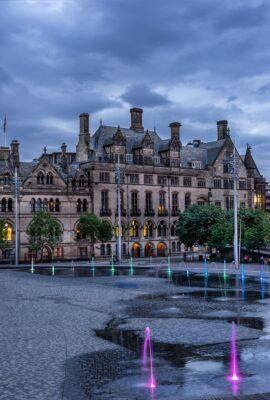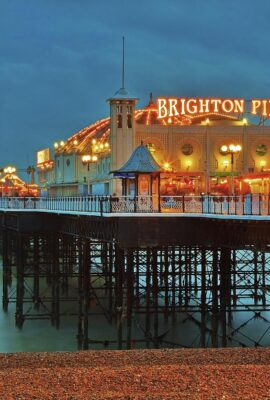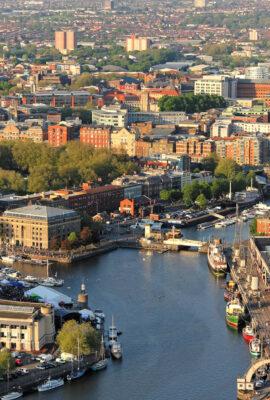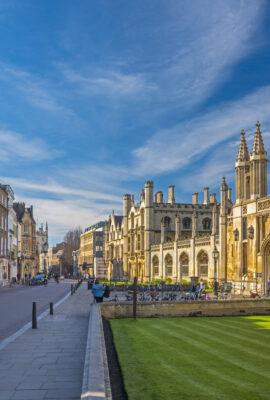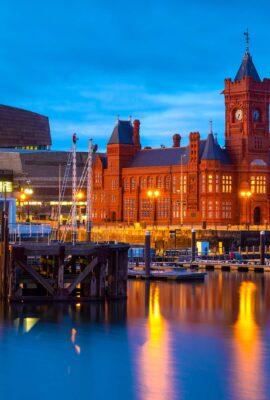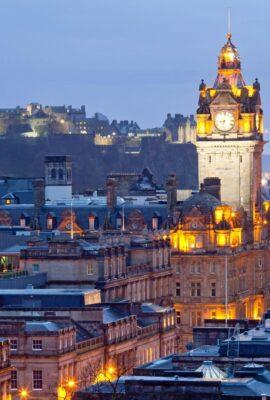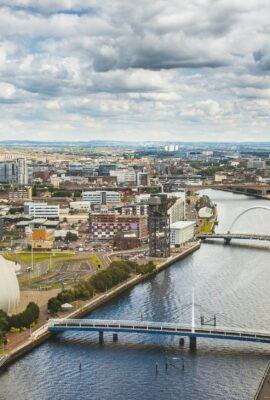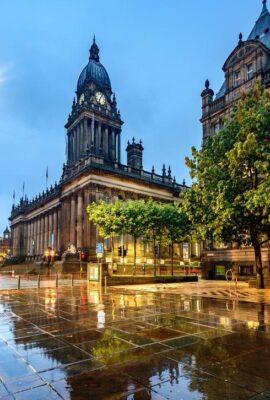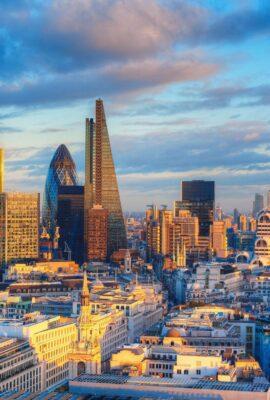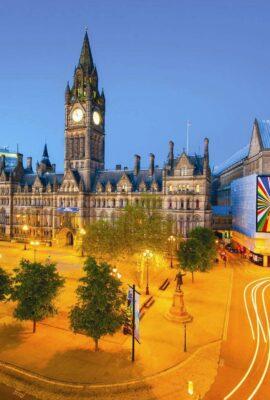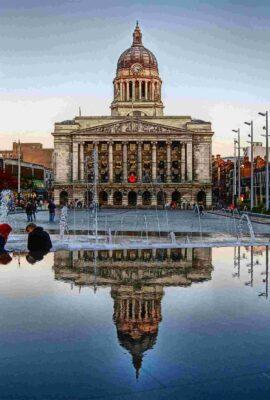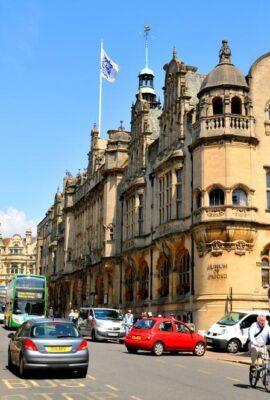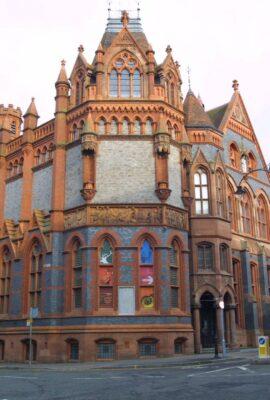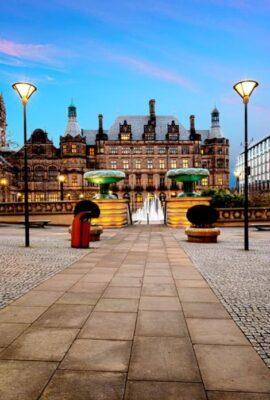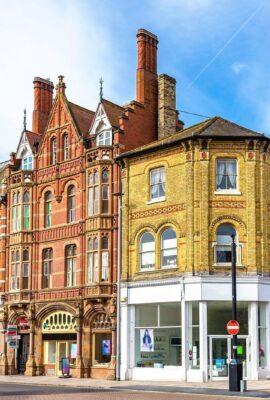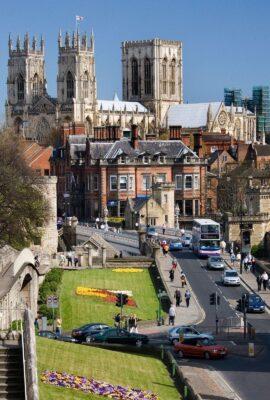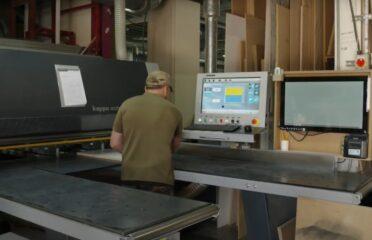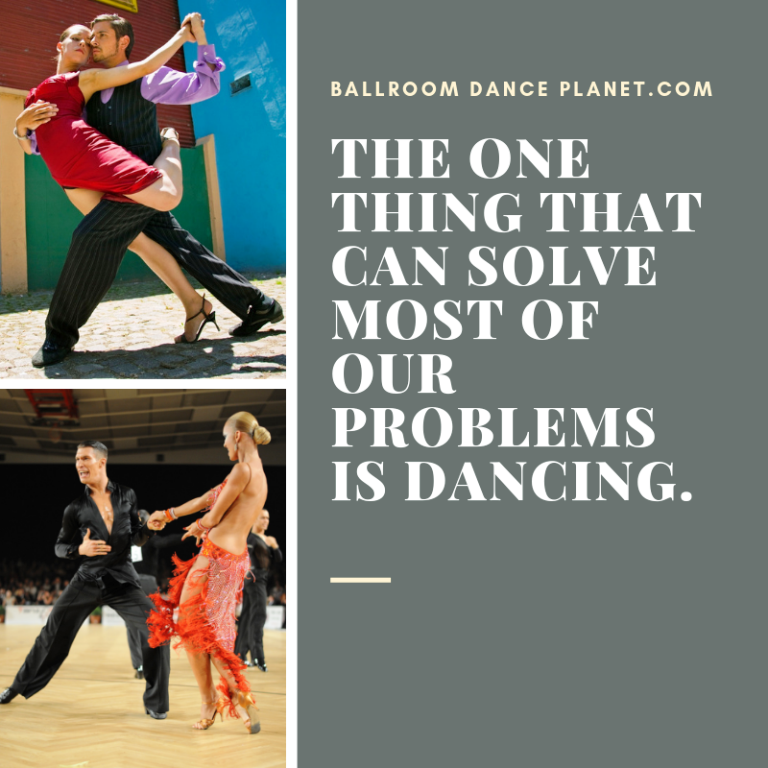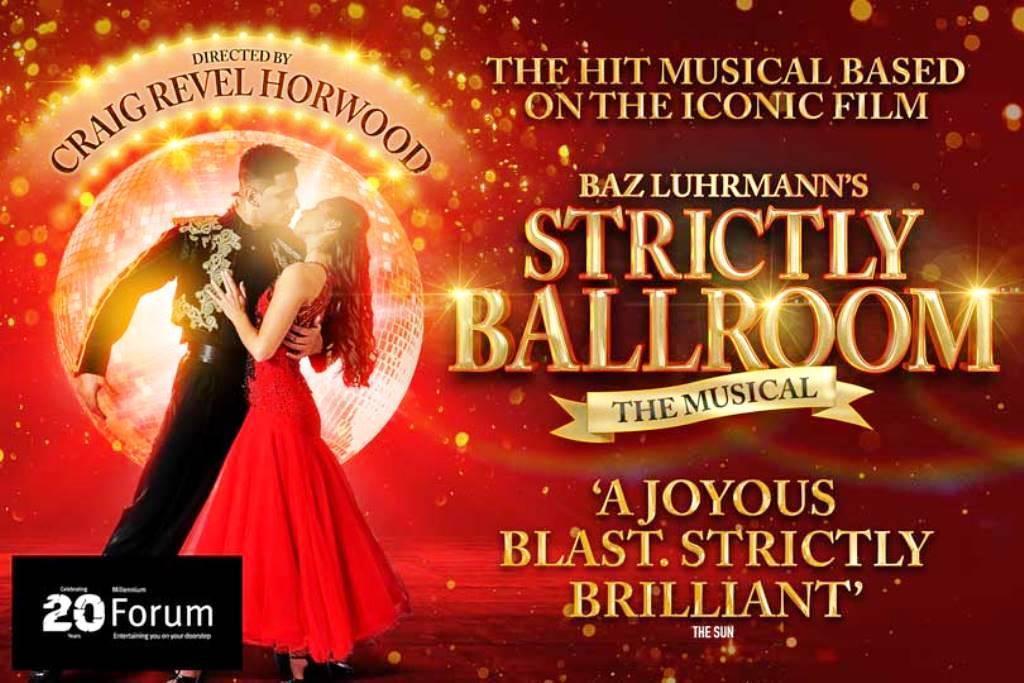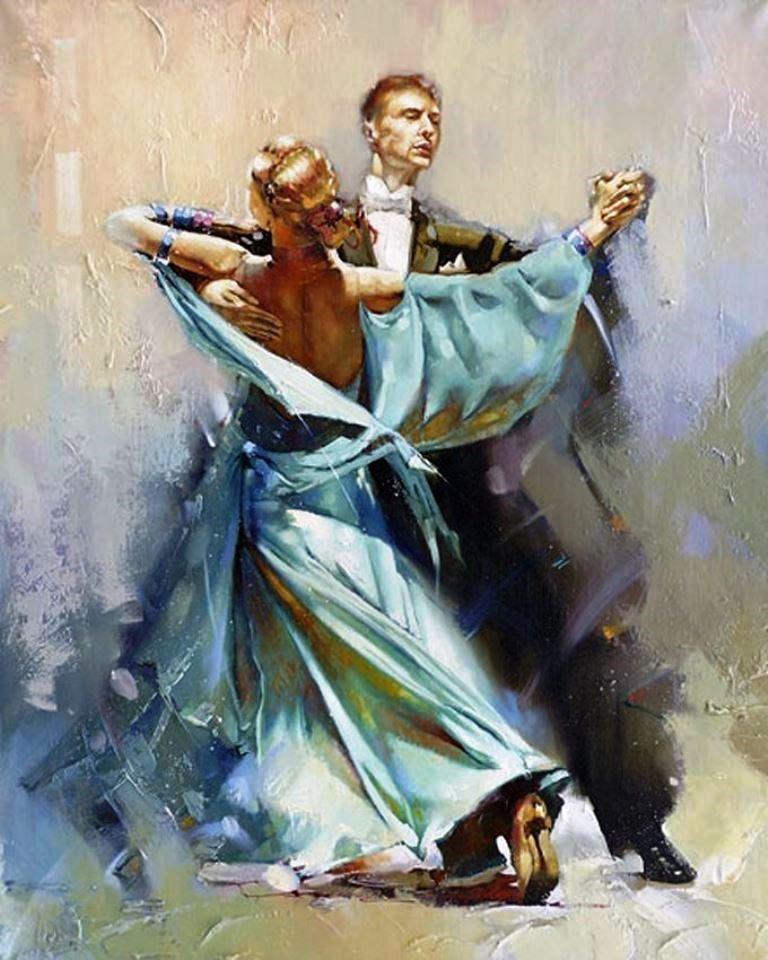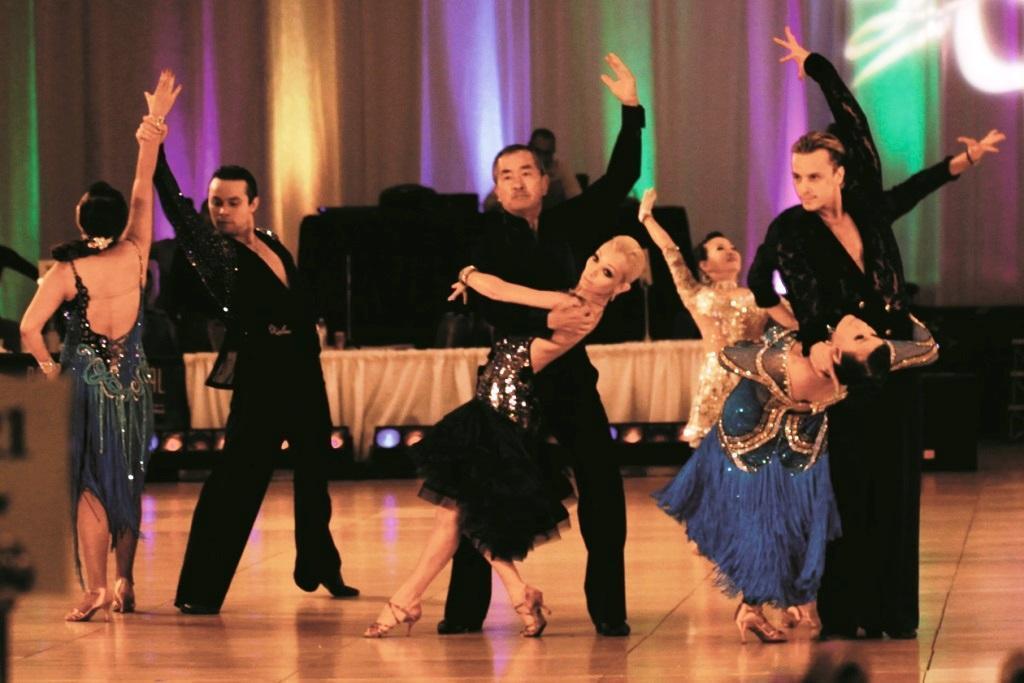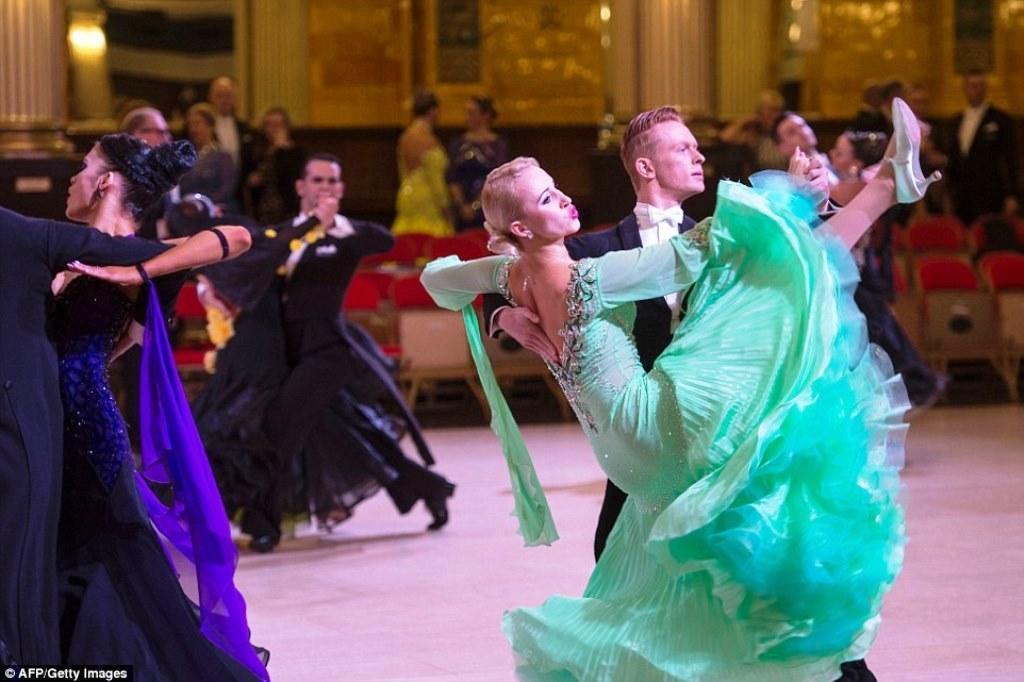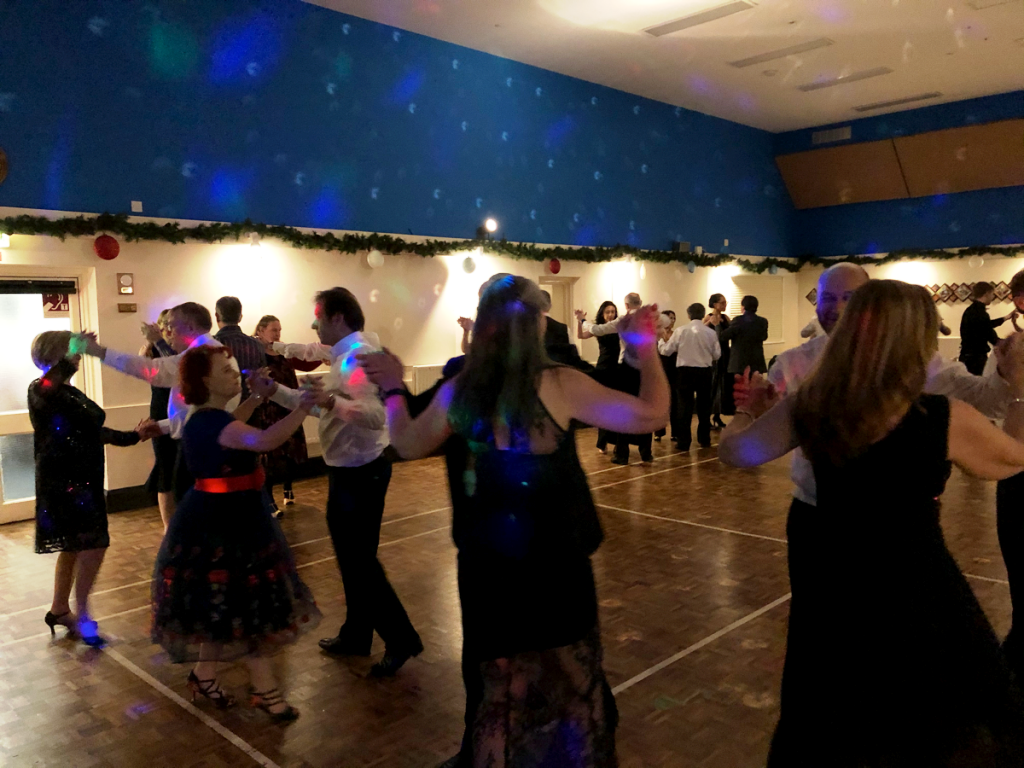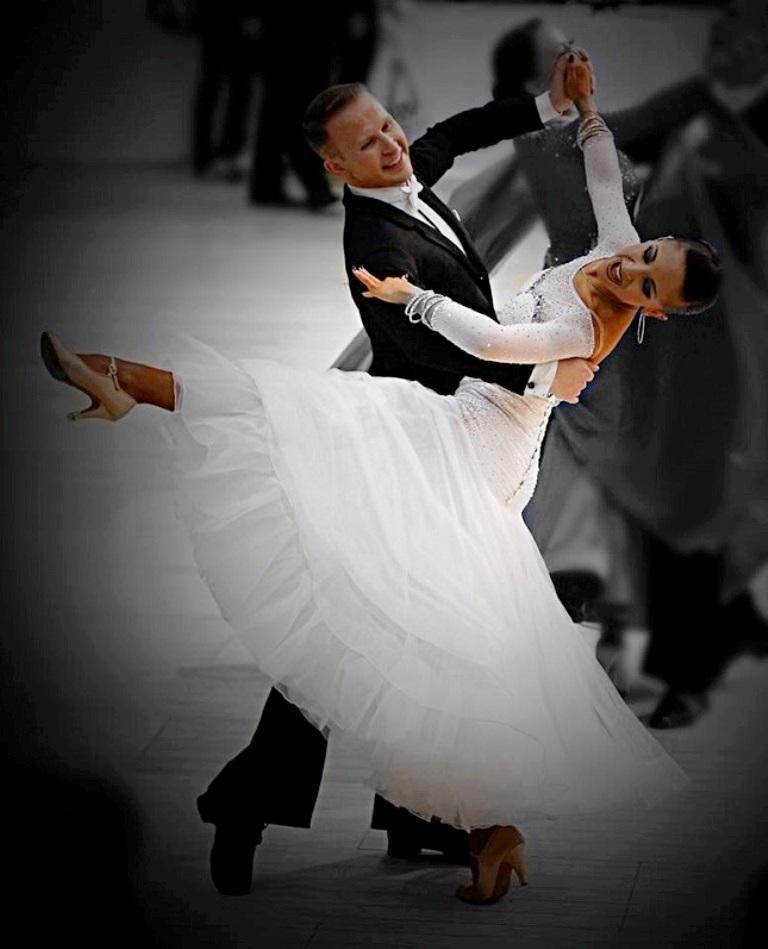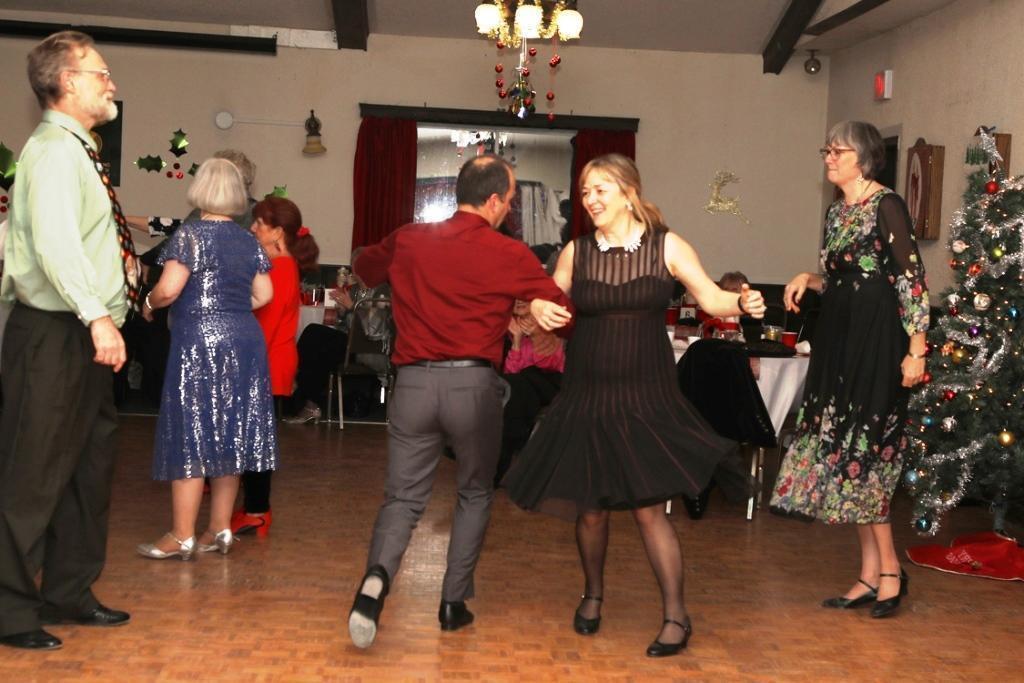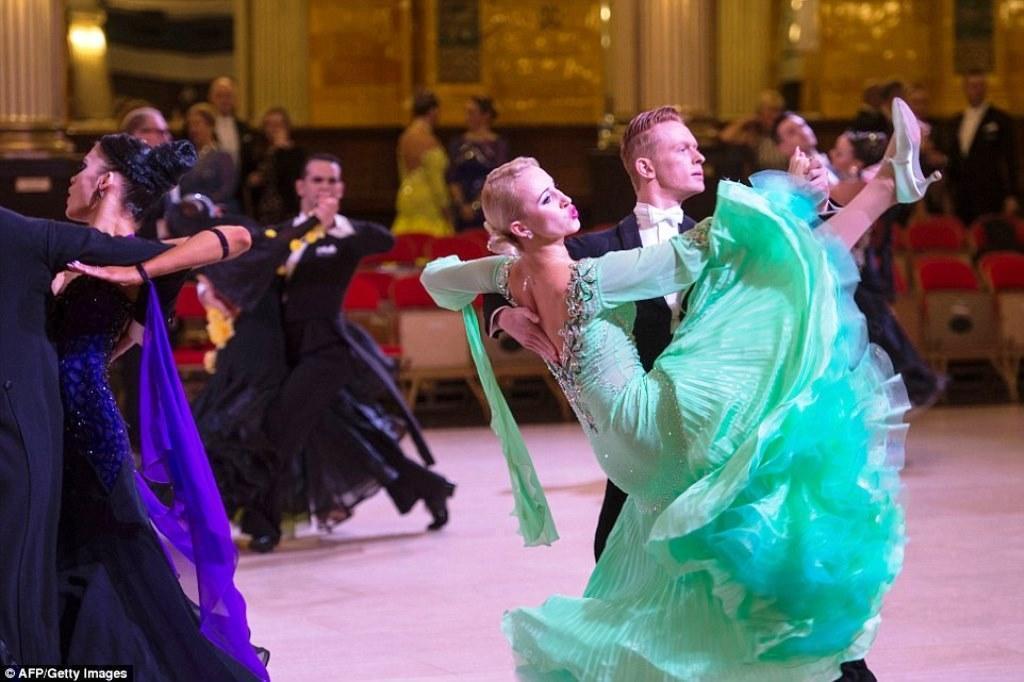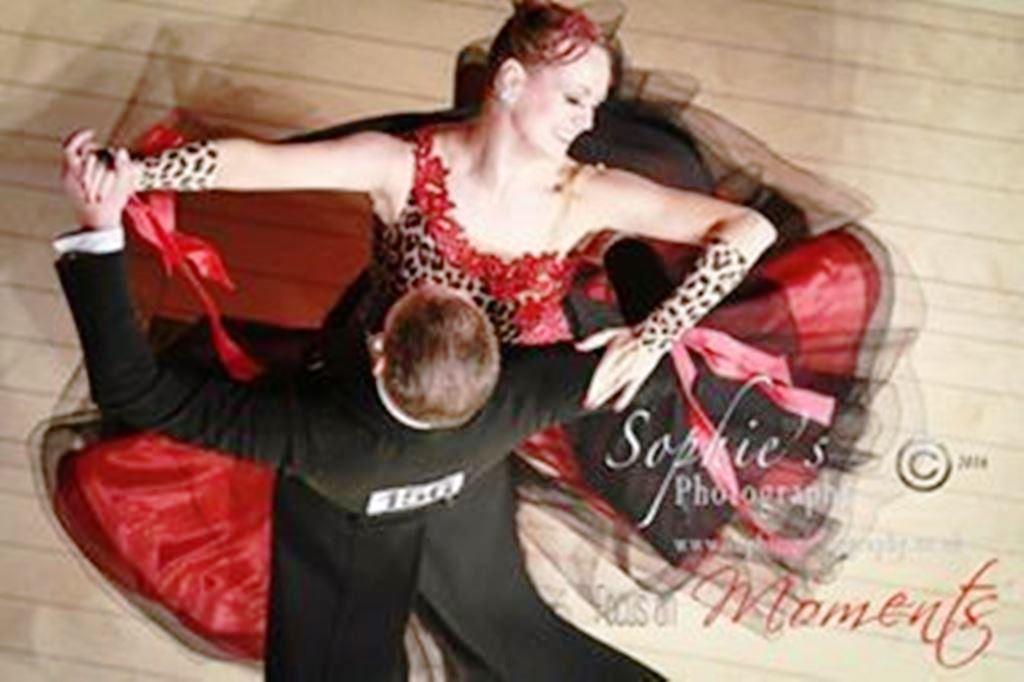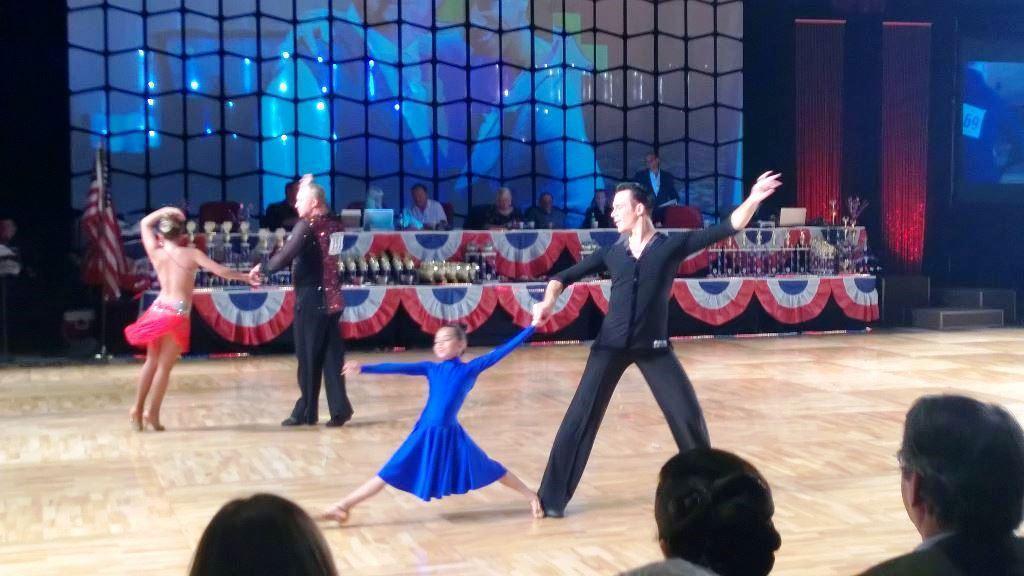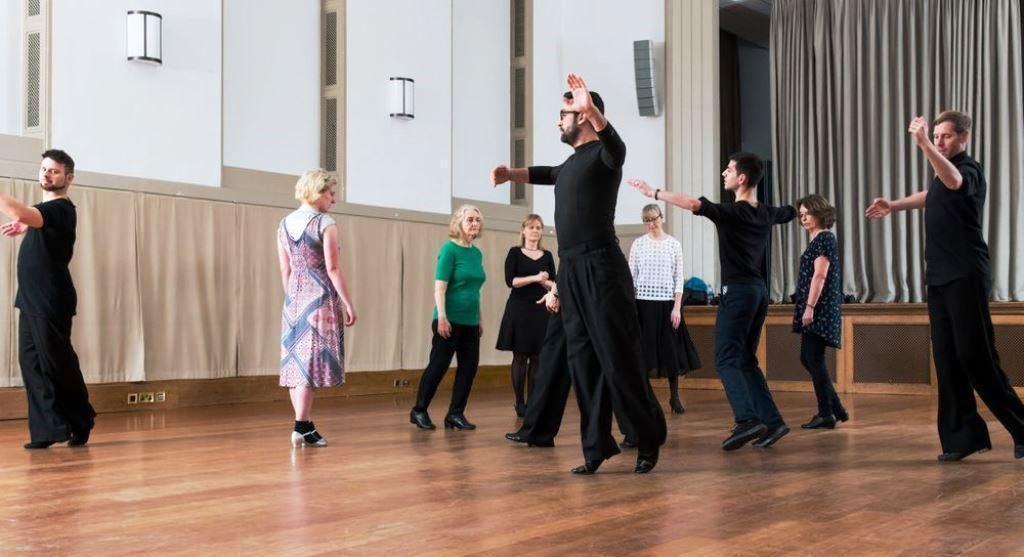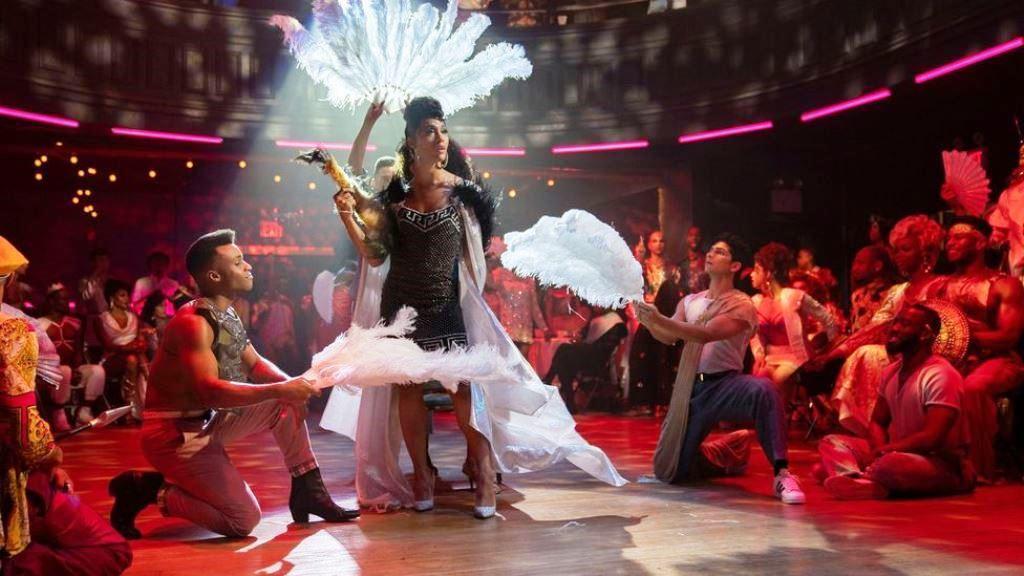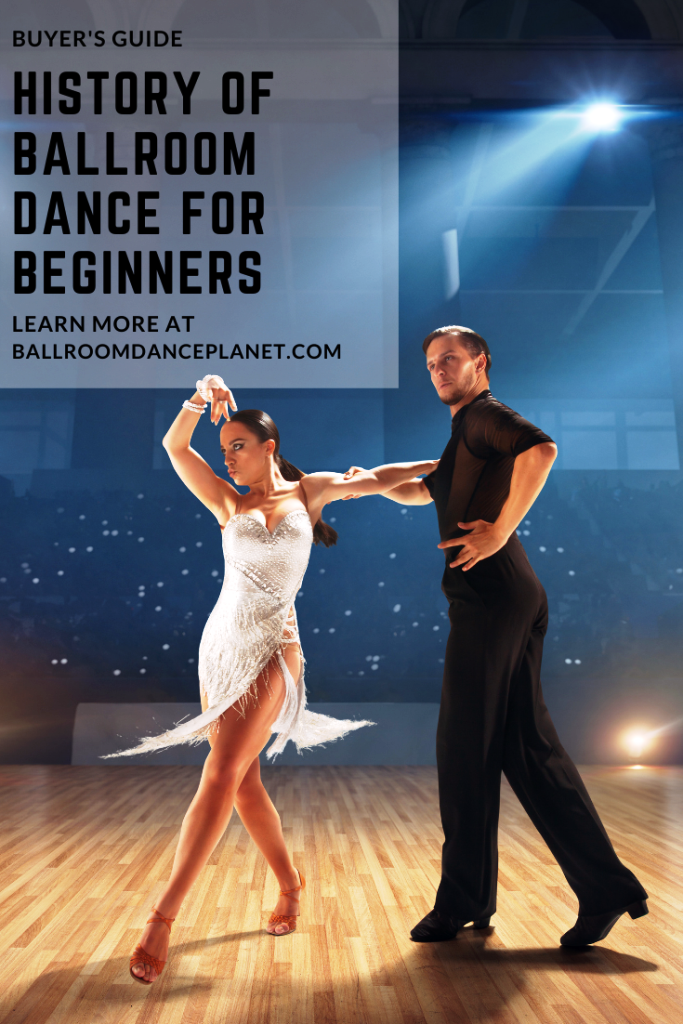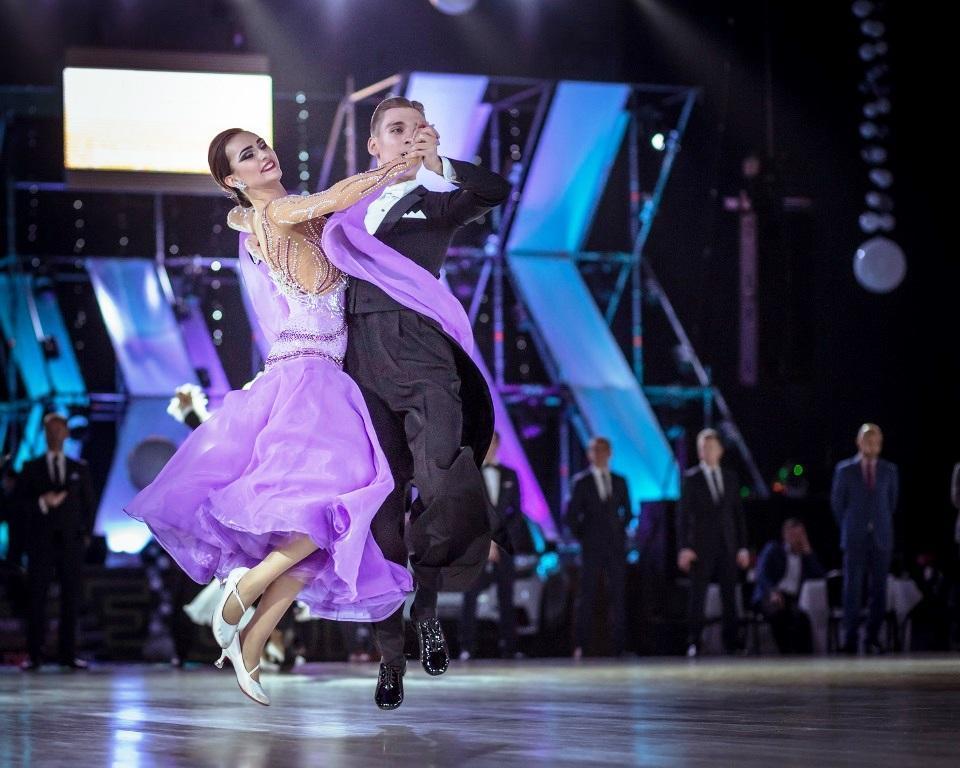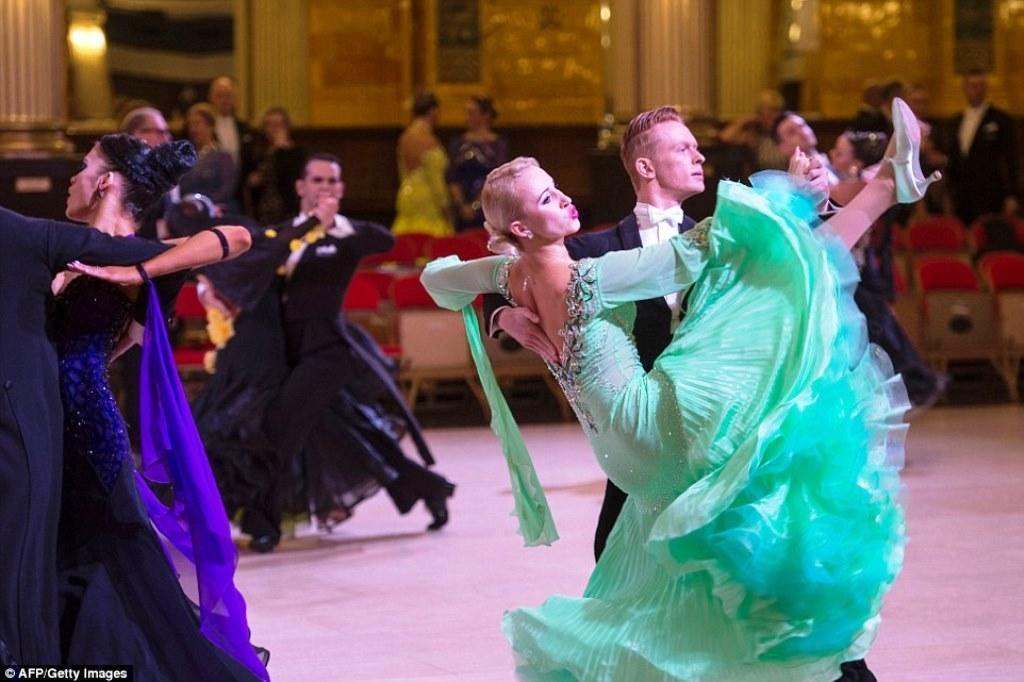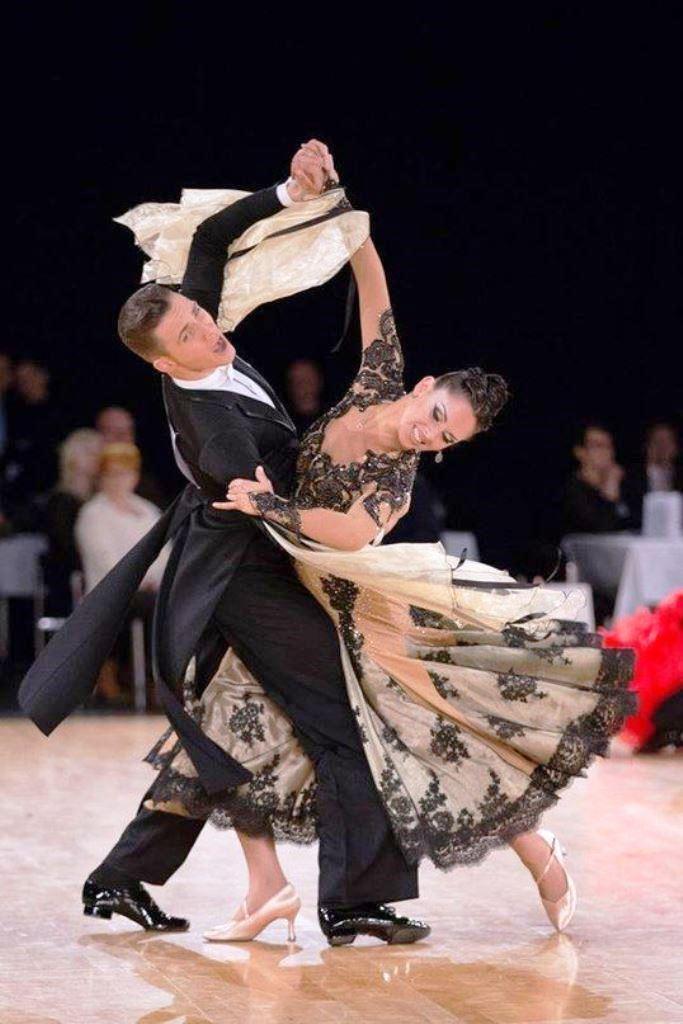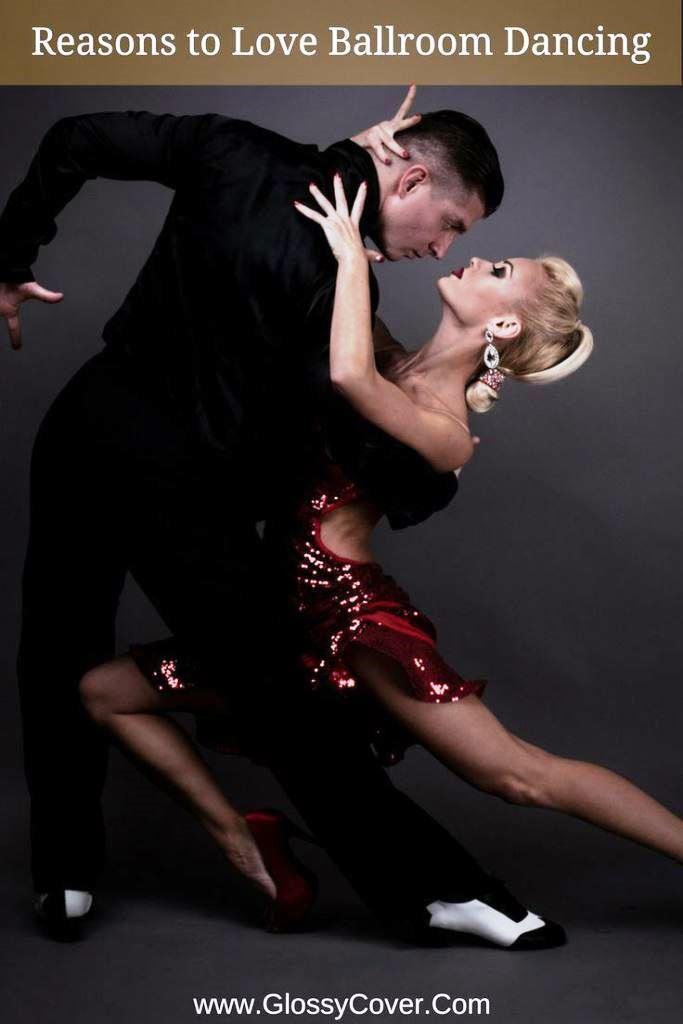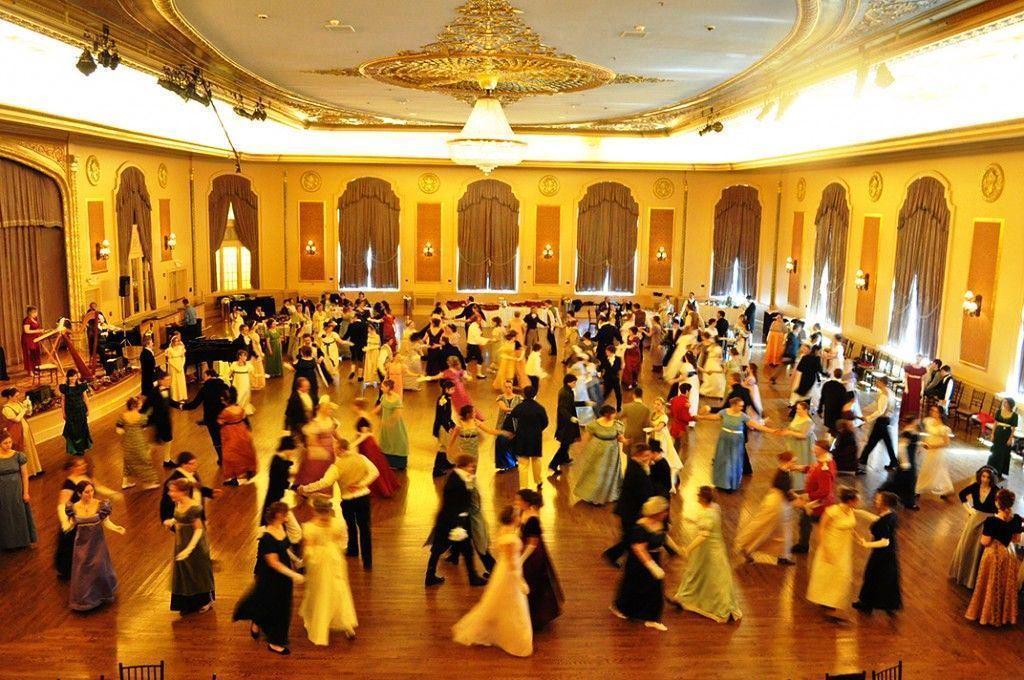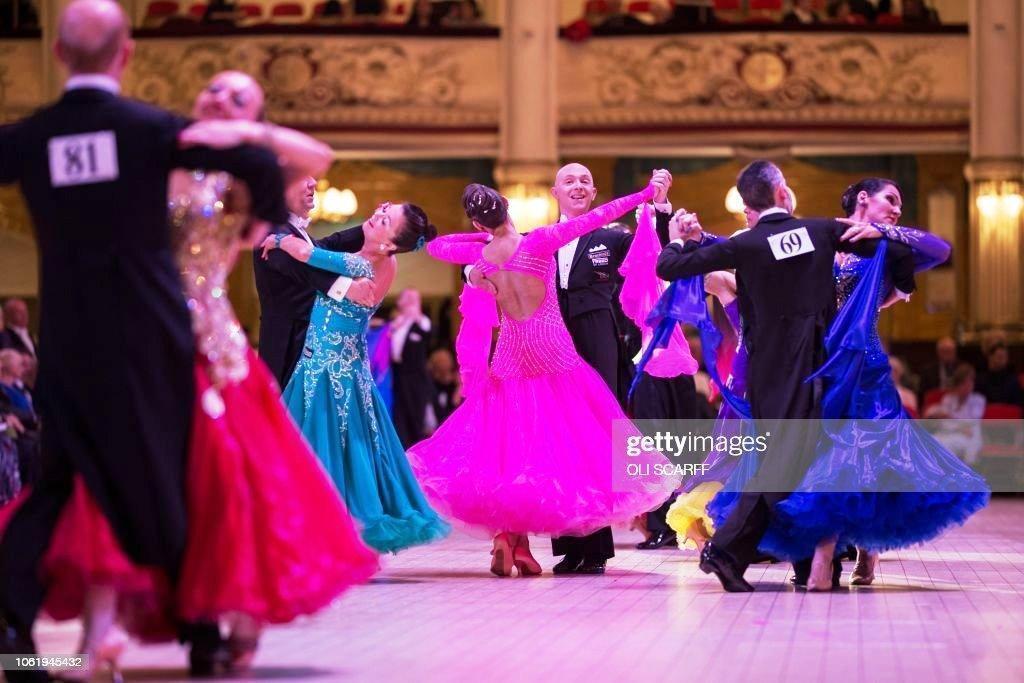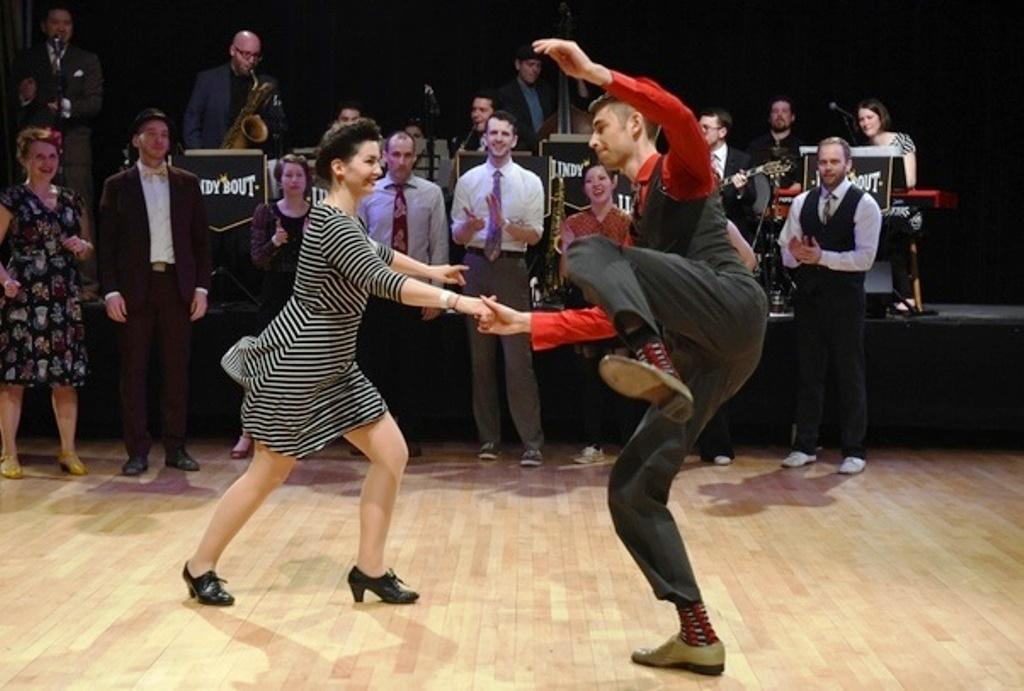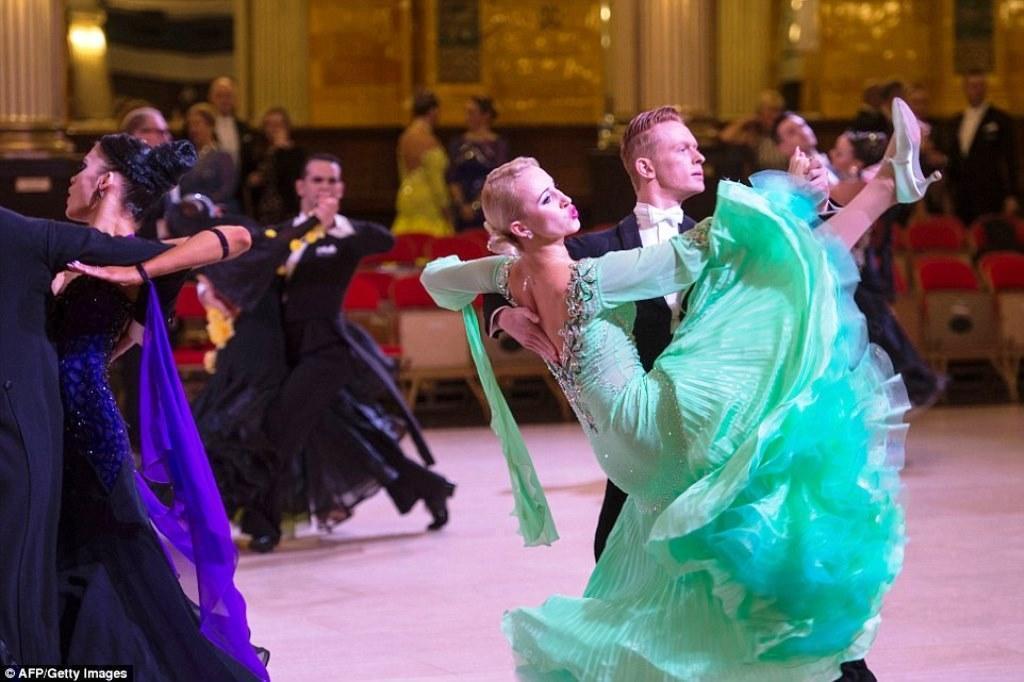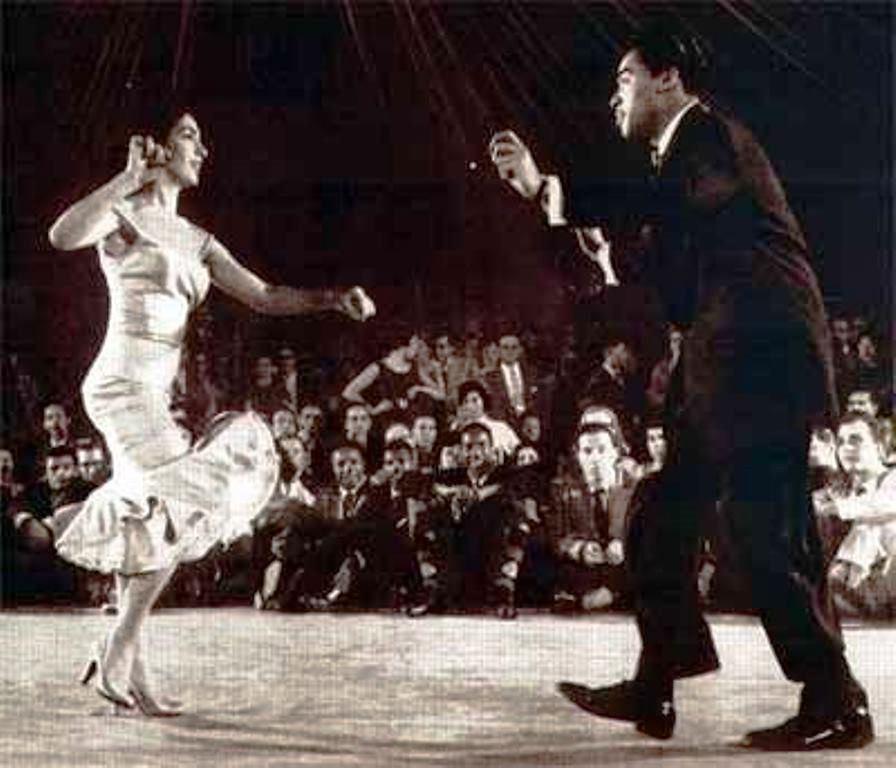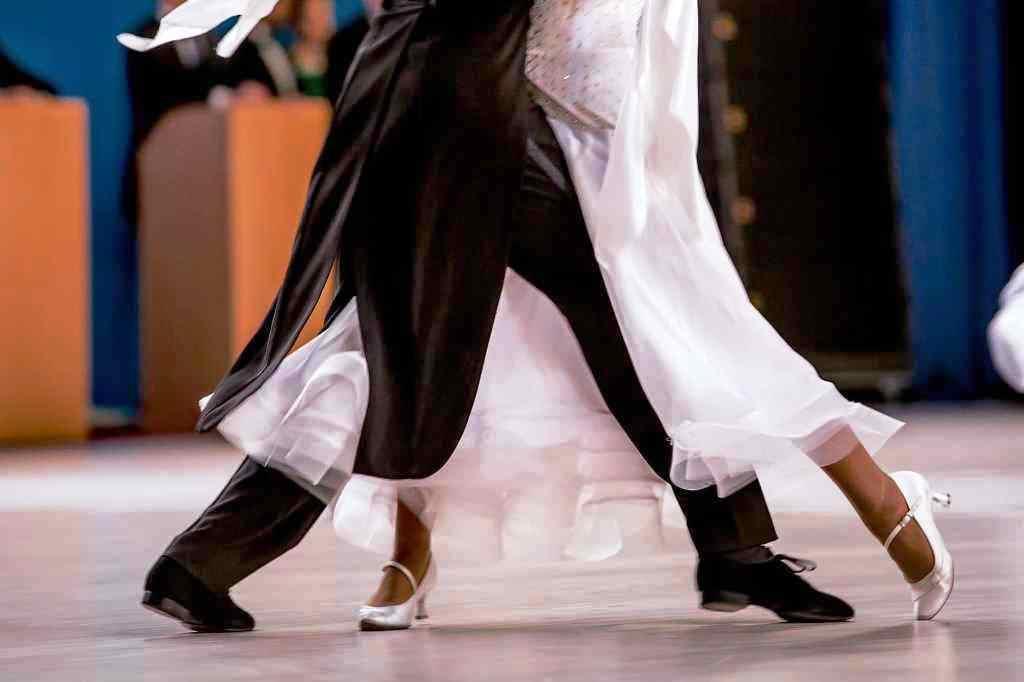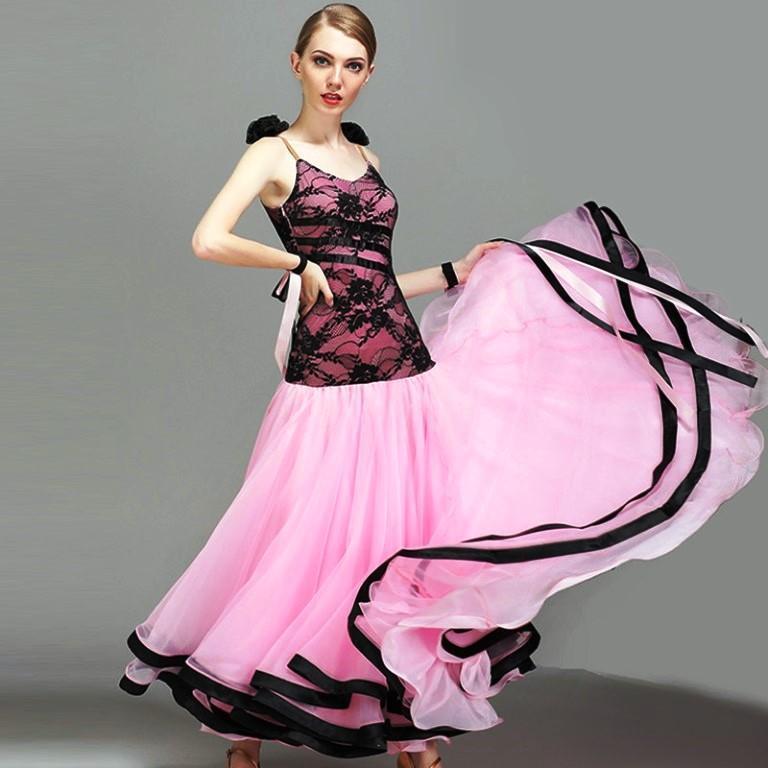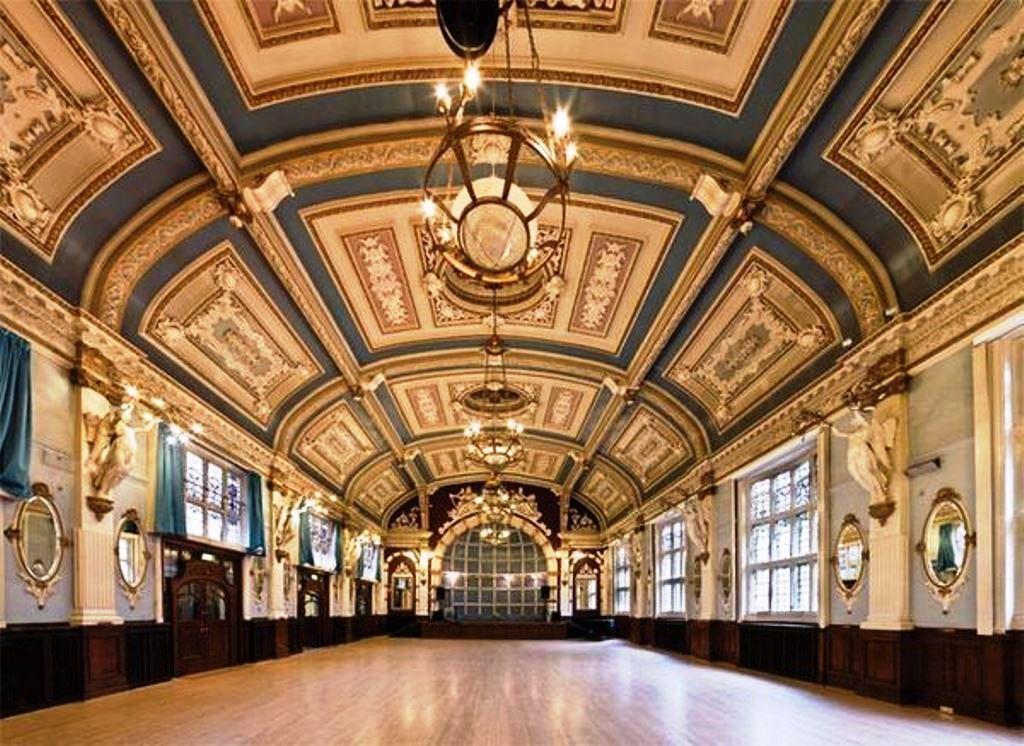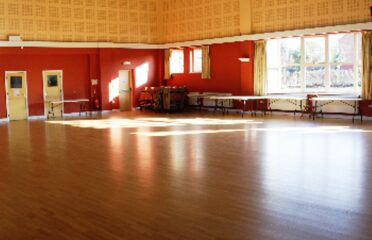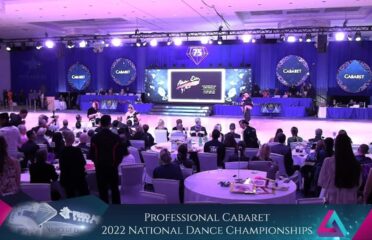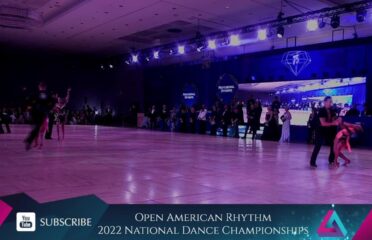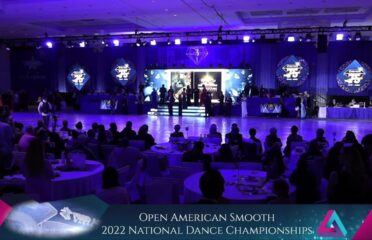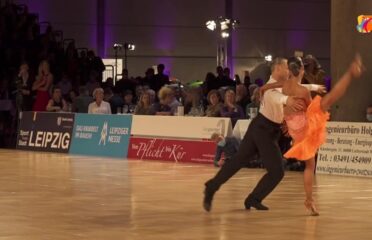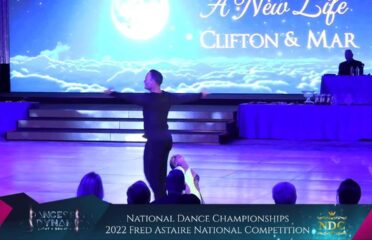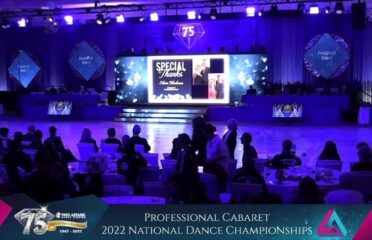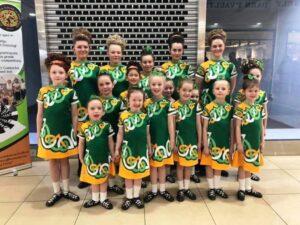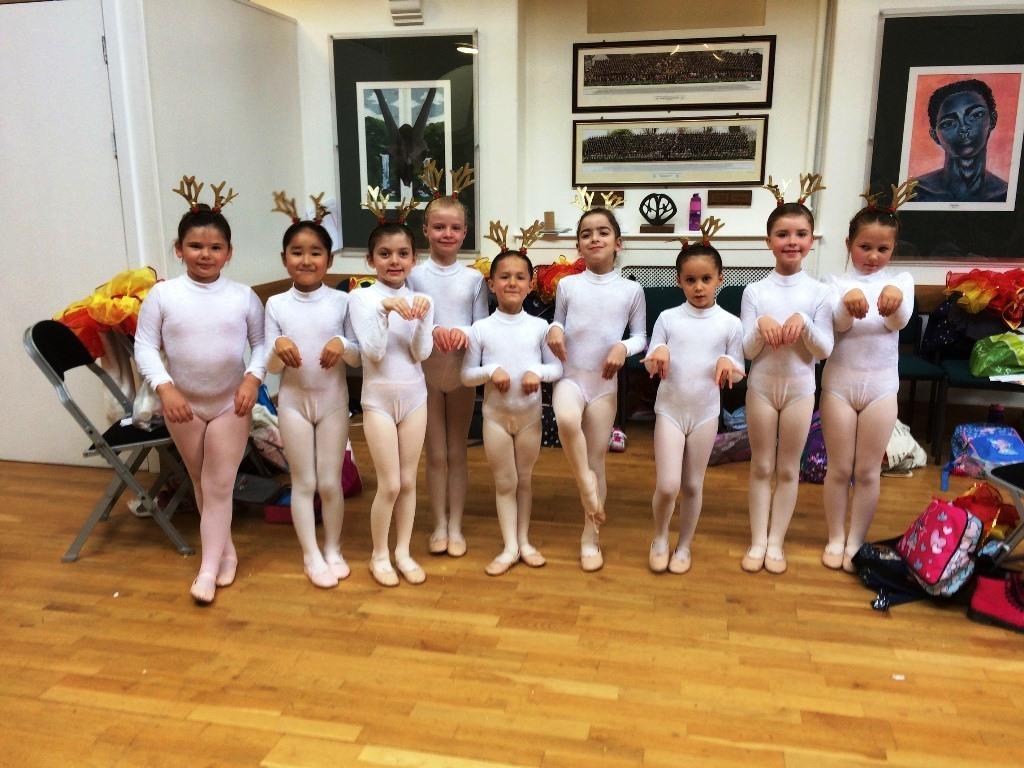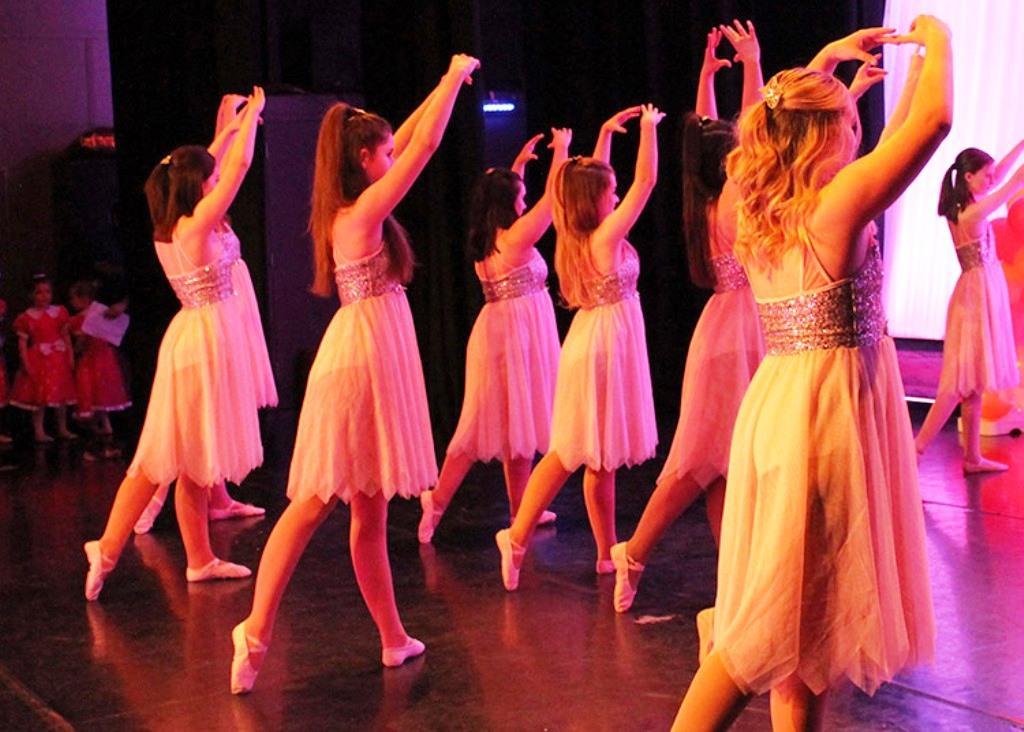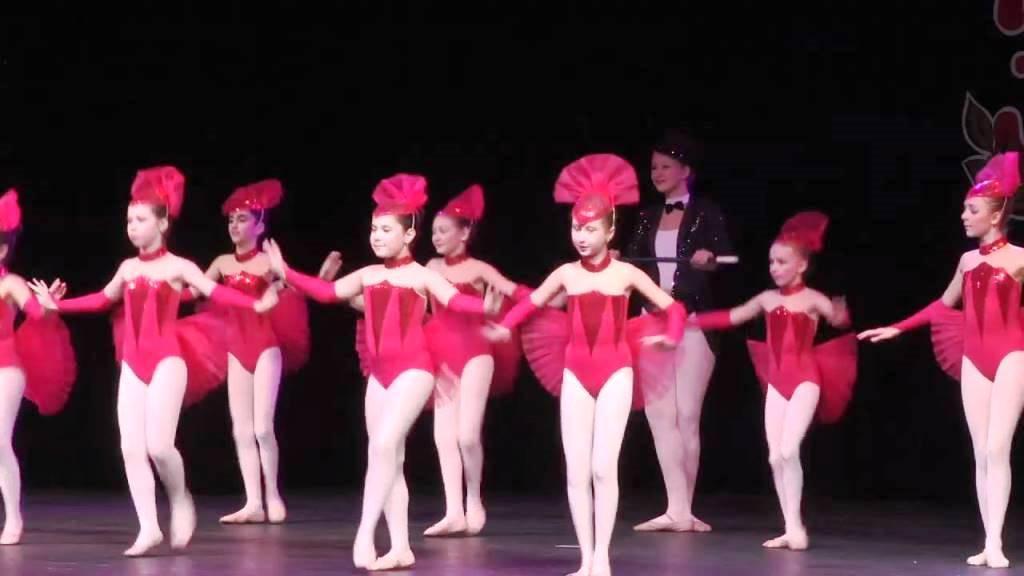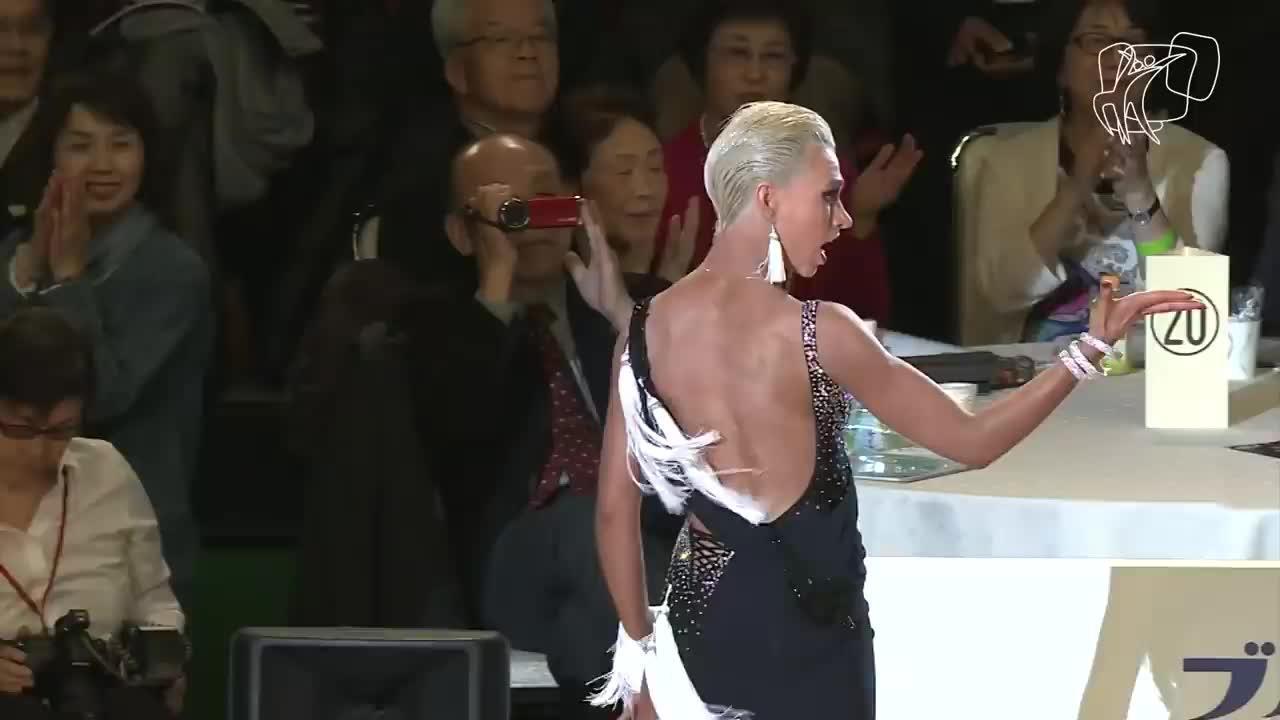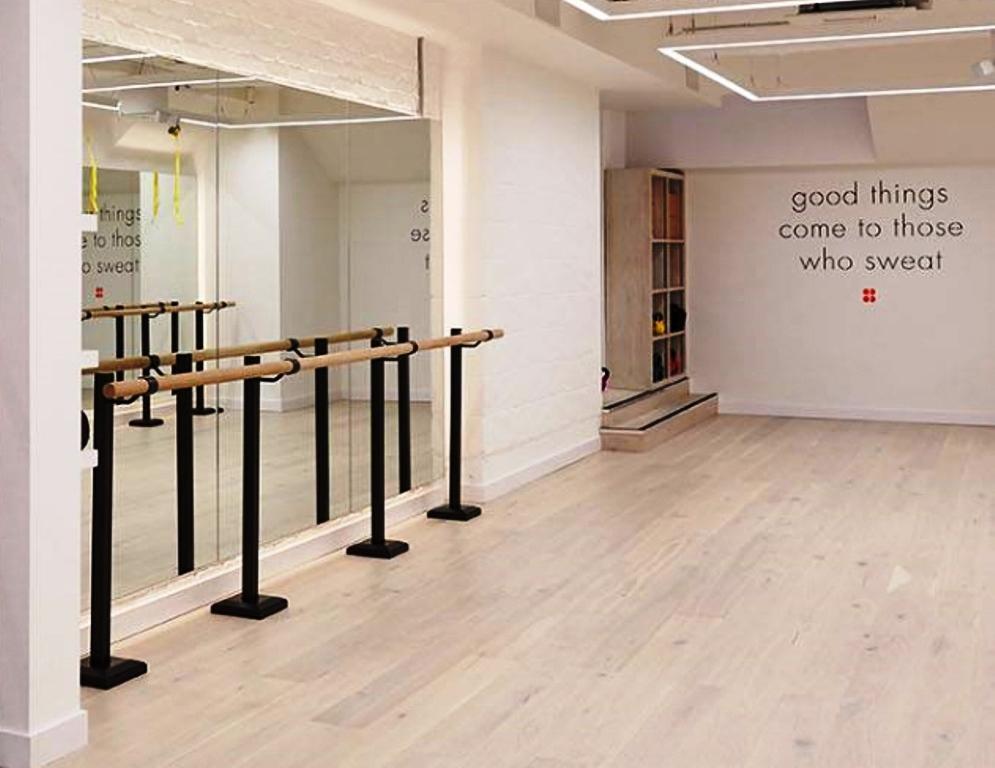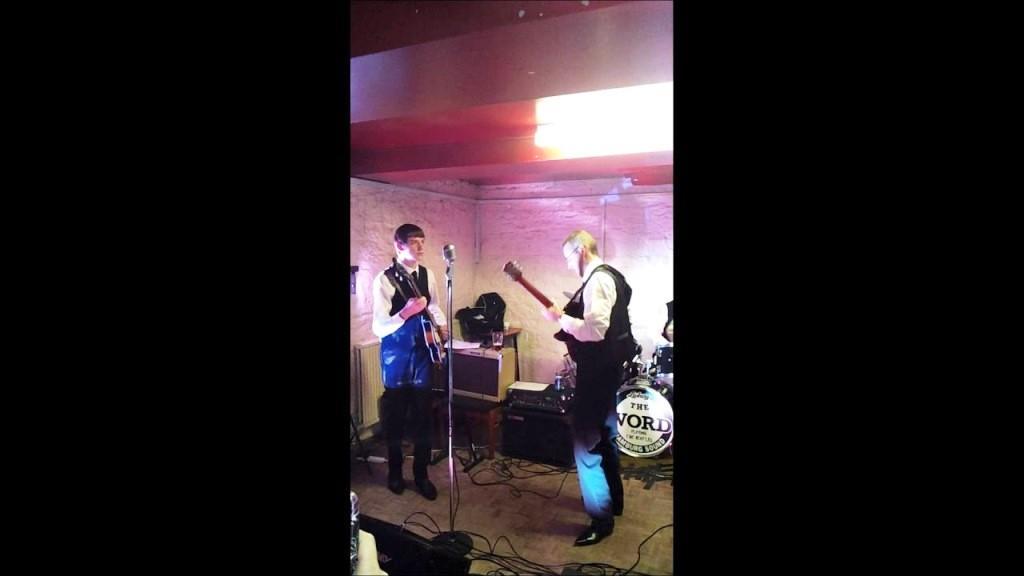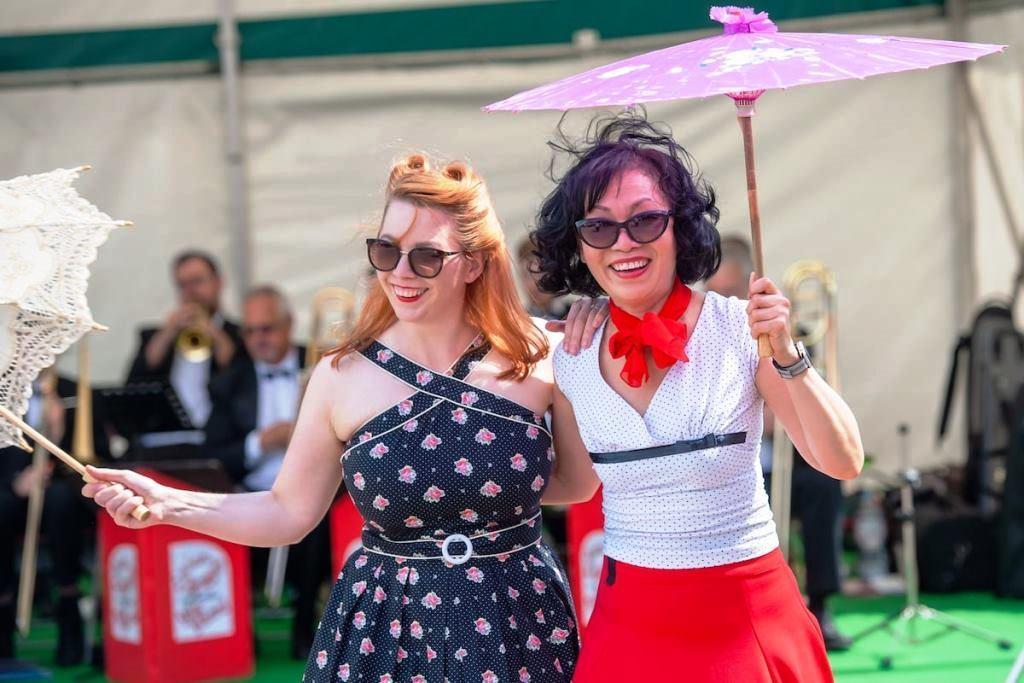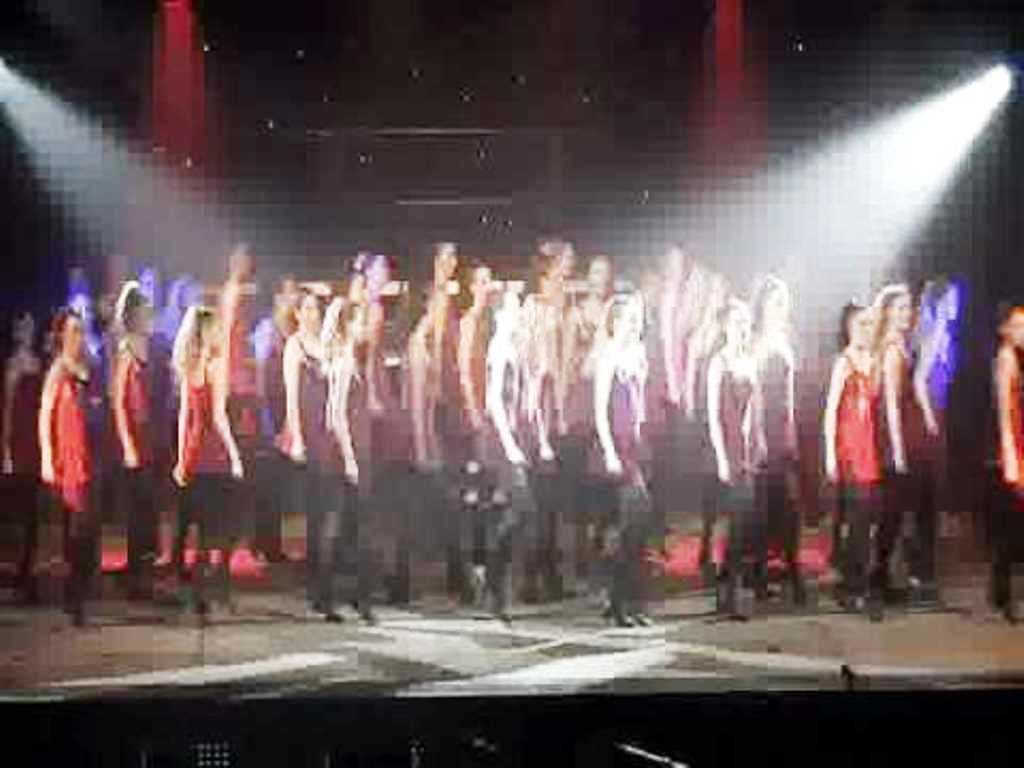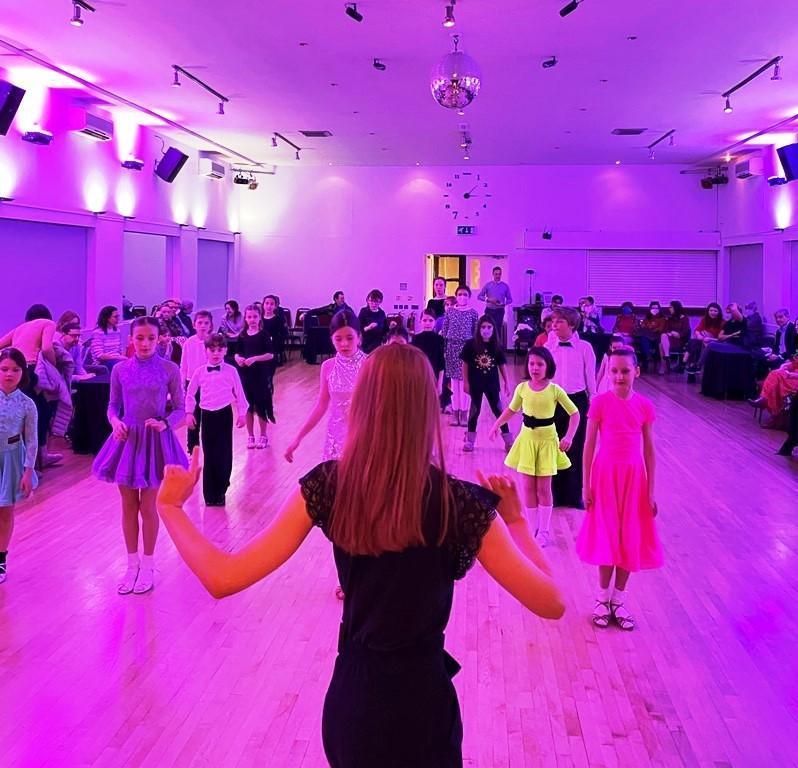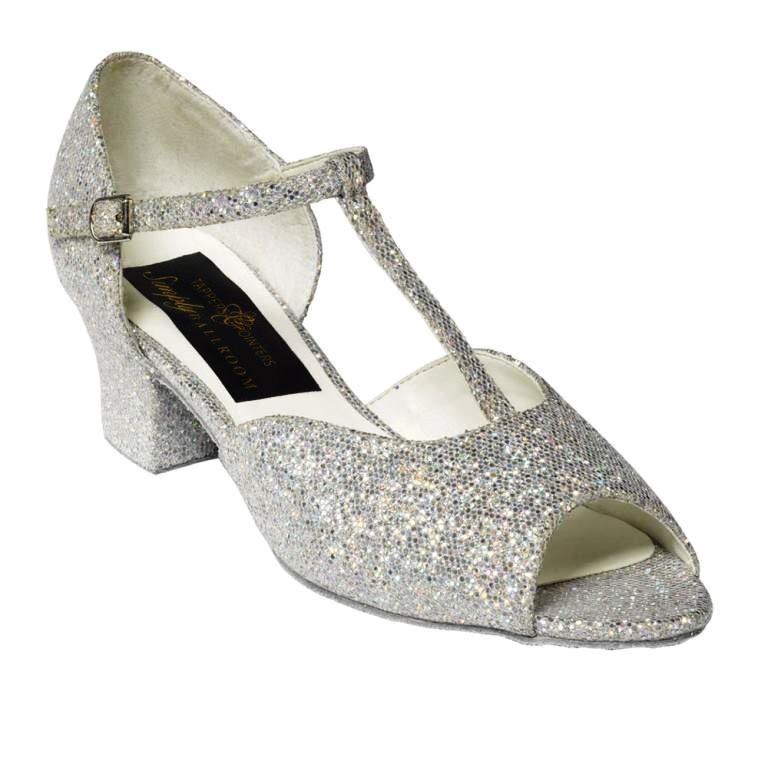
1. Ballroom Dences in the UK
1.1 Brief description of ballroom dancing
Ballroom dancing is a form of choreographic art, which is a set of paired dances performed according to set standards and rules. Ballroom dancing embodies harmony, elegance and skill, incorporating centuries of tradition and cultural features of different countries. In Britain, ballroom dancing is a popular and integral part of the country’s cultural heritage.
1.2 History of Ballroom Dancing in the UK
Ballroom dancing in Britain begins its history in XVI-XVII centuries, when the court dances became available to the public. However, their heyday began in the XIX century, when numerous balls were held in the country, which performed such dances as the waltz, polonaise and the square dance.
In the early 20th century ballroom dancing in the United Kingdom was standardized, which led to the emergence of modern styles and techniques. In the 1920s and 1930s, ballroom dancing clubs began to proliferate and dances such as the foxtrot, the Charleston and the tango became popular among all segments of the population.
In the post-war years, an era of international ballroom dancing championships began in the UK, attracting worldwide attention and furthering the development of the profession. Today ballroom dancing in the UK is not just a sport and an art, but also an opportunity for social interaction, health and spiritual development.
2. Types of dance
2.1 The European programme
The European ballroom dance programme consists of five main dances, each with its own characteristics, style and history. Here is a brief overview of each of these dances:
2.1.1 The Waltz
The waltz originated in Europe in the 18th century and is one of the most classic and traditional ballroom dances. The waltz is characterized by smooth and harmonious movements, rotations and elegant choreography. The dance requires performers to have a good sense of rhythm, coordination and interaction, as well as the ability to convey grace and romance through their movements.
2.1.2 Tango
The tango originated in Argentina and was adapted for ballroom dancing in the early 20th century. The Tango is distinguished by its dramatic atmosphere, passionate and precise movements, and intense interaction between partners. The dance requires dancers to be physically fit, strong and able to convey emotion and passion through their movements.
2.1.3 Slow foxtrot
The Slow Foxtrot, or simply foxtrot, originated in the United States in the 1910s, and was popularized in Great Britain. The foxtrot is characterized by its fluid and syncopated movements, elegant choreography, and an emphasis on grace and coordination. The dance requires dancers to have a good sense of rhythm, work in pairs, and convey emotion through their movements.
2.1.4 Slowfox
Slowfox originated in the 1920s in Great Britain as a kind of foxtrot. Slow and fluid movement, complex choreography and an emphasis on grace and elegance are characteristics of Slowfox. The dance demands dancers’ good physical preparation, high level of technique and interaction between partners, as well as the ability to convey emotion and grace through their movements.
2.1.5 The Viennese waltz
Viennese waltz originates from Austria and is one of the best known and oldest ballroom dances. The Viennese waltz has a fast tempo and is characterised by its flowing, circular movements and elegant choreography. The Viennese Waltz requires dancers to have good coordination and interaction as well as the ability to convey grace and elegance through their movements.
These five dances of the European program provide a variety of styles, rhythms and emotions that make ballroom dancing unique and attractive to spectators and performers of different ages and levels of experience.
2.2 The Latin American programme
The Latin American ballroom dance programme includes five basic dances which are distinguished by their vibrant rhythms, passion and expression. Each of these dances has its own history and cultural roots. Here is a brief overview of each of them:
2.2.1 Samba
Samba originated in Brazil and is one of the most popular dances in the Latin American program. Samba is characterised by its vibrant rhythms, fast and soft movements as well as an emphasis on the hips and shoulders. The dance requires dancers to be physically fit and energetic, and to be able to convey joy and passion through their movements.
2.2.2 Cha-cha-cha
The cha-cha-cha originated in Cuba in the 1950s and quickly became popular all over the world. This dance is distinguished by its fast and crisp movements, emphasis on syncopated rhythms and vibrant choreography. The cha-cha-cha requires a high degree of coordination and interaction on the part of the dancers, as well as the ability to convey fun and playfulness through their movements.
2.2.3 The rumba
The rumba, also known as the “love dance”, originated in Cuba and is a slow and sensual dance with the emphasis on romantic and emotional states. It is characterized by smooth and fluid movements, expressive interaction between partners and an emphasis on beauty and grace. The rumba requires dancers to convey deep emotion and passion through their movements.
2.2.4 The Pasodoble
The Pasodoble originates from Spain and reproduces the atmosphere of Spanish bullfighting. In this dance the man plays the part of the bullfighter and the woman is his cloak or rival. The Pasodoble is characterized by its dramatic and passionate atmosphere, as well as an emphasis on crisp and powerful movements. The dance demands a high degree of artistry and interaction from the performers, as well as the ability to convey passion and drama through their movements.
2.2.5 Jive
The jive emerged in the United States in the 1930s and was adapted for ballroom dancing in the mid-twentieth century. The jive is the fastest and most energetic dance in Latin American program, and is characterised by its acrobatic elements, bright choreography, and fun attitude. The dance requires dancers to be physically fit, skillful and able to convey joy and fun through their moves.
Together, these five Latin dances provide a variety of styles, rhythms and emotions that make ballroom dancing unique and appealing to audiences and performers of all ages and levels of experience.
Ballroom dance associations
There are several associations and organisations in the UK that promote, develop and support ballroom dancing locally and internationally. They organise various events such as championships, festivals, master classes and also provide certification and training for professional and amateur dancers. Here is a brief overview of some of the best known ballroom dance associations in the UK:
3.1. British Dance Council (BDC)
The British Dance Council (BDC) was founded in 1929 and is the main regulatory body for ballroom dancing in the UK. BDC sets standards for professional and amateur training, organises championships and dance examinations, and works with international dance organisations.
3.2 The Imperial Society of Teachers of Dance (ISTD)
The Imperial Society of Teachers of Dance (ISTD) was founded in 1904 and is one of the world’s leading dance organisations, providing examinations and training in a multitude of dance styles, including ballroom dancing. ISTD also organises workshops, seminars and festivals to enhance the skills of teachers and dancers.
3.3 International Dance Teachers Association (IDTA)
The International Dance Teachers Association (IDTA) was founded in 1967 and is an association of independent dance schools, teachers and experts in the field of ballroom dance. IDTA offers certification, examinations and training for dancers and teachers as well as championships and other events for the dance community.
These associations play an important role in developing and supporting ballroom dance in the UK, providing structured training, defining standards and opportunities for dancers and teachers to improve and develop in their art. They also organise numerous events, such as championships and festivals, which allow dancers from different countries to meet, compete and share experiences, as well as showcase their skills to a wider public. This helps to increase the popularity of ballroom dancing, attract new entrants and promote dance culture in the UK and beyond.
Contact with these associations and organisations enables dancers and teachers to keep up to date with the latest news and trends in ballroom dancing, to get professional support and guidance, and to find opportunities to develop their careers and participate in international dance events.
4. Championships
4.1 Championships and competitions
Ballroom dancing in the UK has a long history of competitions and championships that provide dancers with opportunities to showcase their skills, compete against other competitors and develop in their art. Here are some of the most famous and prestigious ballroom dance championships and competitions held in the UK:
4.1.1 The British Open Championships
British Championship Ballroom Dancing, also known as the British Open Championships, is held annually in Blackpool and is one of the most prestigious and long awaited events in the world of ballroom dancing. Competitors compete in a variety of categories and age groups, representing both European and Latin American programmes.
4.1.2 International Championships
International Championships is another major annual event in the world of ballroom dancing held in London. The competition attracts dancers from all over the world and is one of the major international championships in the ballroom dancing calendar.
4.1.3 United Kingdom Dance Championships
United Kingdom Dance Championships is held annually in Bournemouth and is one of the leading national championships in ballroom dancing. It brings together the best dancers from the UK and beyond, giving them the opportunity to compete at a high level and demonstrate their skills in a variety of categories and disciplines.
These and other ballroom dance championships and competitions in the UK play an important role in the development and promotion of ballroom dance, stimulating the growth of skill and technique, and showing the audience the full range of opportunities and emotions that the world of ballroom dance has to offer. They also provide opportunities for dancers and teachers to network professionally, share experiences and receive feedback from dance experts. Participation in such competitions helps to motivate and inspire dancers to further develop and improve their skills.
In addition to major championships and competitions, there are also many regional and local dance events in the UK that provide opportunities for aspiring and experienced dancers to compete, develop and enjoy the atmosphere of ballroom dancing. This fosters a friendly and supportive dance community where everyone can find their place and feel a part of the ballroom dance world.
4.2 International championships in the UK
The UK is one of the world’s leading ballroom dance centres and regularly hosts international championships and competitions that attract top dancers from all over the world. Here is a brief overview of some of the most famous international championships held in the UK:
4.2.1 Blackpool Dance Festival
Blackpool Dance Festival is one of the most prestigious and long awaited international events in the world of ballroom dancing. Held annually in Blackpool, the event brings together the best dance couples from around the world who compete in different categories and disciplines, representing both European and Latin American programs.
4.2.2 International Championships
International Championships, as mentioned earlier, is held annually in London and is one of the major international championships in the ballroom dancing calendar. The competition attracts dancers from all over the world who compete in different categories, age groups and disciplines.
4.2.3 UK Open Championships
UK Open Championships is held annually in Bournemouth and is one of the biggest international championships in ballroom dancing. This championship brings together the best dancers from the UK and other countries, giving them the opportunity to compete at a high level and demonstrate their skills in various categories and disciplines.
4.2.4 European Dance Championships
European Dance Championships is another major international event held in the UK. The competition brings together the best dancers from Europe and the rest of the world, who compete in European and Latin programmes. This championship stands out for its high level of competition and attraction to the audience, due to the fact that it brings together the best dancers from all over the continent and the world.
International championships held in the UK play an important role in promoting ballroom dancing on the international stage. They provide an opportunity for dancers to compete with the best in their art, to set new standards of technique and choreography, and to strengthen links and friendships between dancers from different countries.
These international competitions also allow British dancers and ballroom dance teachers to showcase their achievements on the world stage, share experience and knowledge with colleagues from other countries and contribute to the development of international dance culture. As a result, the UK continues to be a leader in the world of ballroom dancing, attracting many talented dancers, teachers and spectators to its competitions and events.
5. Ballroom dance clothing and shoes
Clothing and shoes play an important role in ballroom dancing as they should emphasise grace and elegance of movement as well as ensure dancers’ comfort and safety during performance. In this section we will look at the basic requirements and features of ballroom dance clothing and shoes in the UK.
5.1 Ballroom dance clothing
Ballroom dance clothing usually includes costumes, dresses, skirts and accessories that match the style and nature of a particular dance. It is important that the clothes are made of quality materials, allow freedom of movement and emphasise the dancer’s silhouette.
For men: A traditional ballroom dancing costume includes a black or navy blue dinner jacket, a white shirt, a tie or bow tie, a tunic and shiny dance trousers. Depending on the style of dance and level of competition, other costume options may also be allowed.
For women: Ballroom dance dresses can be varied in length, style and materials, but they should emphasise body lines, be elegant and comfortable for dancing. Dresses with flared skirts, slim fit tops and decorated with sequins, rhinestones or sequins are usually chosen.
5.2 Ballroom dancing shoes
Ballroom dancing shoes should be comfortable, lightweight and provide good support for the feet. Dancing shoes have a special construction and materials, which enable dancers to move quickly and easily, keeping control of their movements.
For men: Men’s dance shoes are usually classic black leather shoes with a soft sole and a small heel to improve balance and comfort when dancing. It is important to choose shoes with good cushioning and support for the foot to reduce the risk of injury and fatigue.
For women: Women’s dance shoes include elegant pumps or high-heeled sandals with thin straps to keep the foot firmly planted. Shoes should be made of soft and flexible leather or fabric, provide good support to the foot and have a special sole for the dance floor. The height of the heel may vary according to the dancer’s preference and level of experience, but is usually between 2 and 3 inches.
When choosing clothes and shoes for ballroom dancing it is important to consider not only appearance but also quality, comfort and safety. There are many specialist shops and online marketplaces in the UK where you can buy quality ballroom dancing clothes and shoes. Experienced teachers and coaches can also give advice and tips on suitable clothing and shoes, based on the individual characteristics and needs of each dancer.
6. Leading clubs, halls and ballroom dance teams in the UK
There are many clubs, halls and teams dedicated to ballroom dancing in the UK, offering training, coaching and opportunities to compete and perform at every level. In this section we take a look at some of the best known and most respected ballroom dance organisations in the UK.
6.1 Clubs and Halls
Pineapple Dance Studios (London), one of the most famous dance studios in the world, offers ballroom dance lessons and training at all levels, from beginners to professionals.
Karen Hardy Studios (London) is a prestigious dance studio founded by renowned dancer and champion Karen Hardy, offering instruction and training in a variety of ballroom dance styles.
DanceXchange (Birmingham) – A major dance centre offering ballroom dance lessons and training as well as workshops, masterclasses and opportunities for performance and competition.
DanceBase (Edinburgh) – a Scottish national dance centre offering ballroom dance tuition and training for children and adults of all levels.
6.2 Dance teams and partnerships
Team England Dance is the UK’s national ballroom dance team, representing the country in international competitions and championships. The team includes top dancers and couples from around the country.
The Imperial Society of Teachers of Dance (ISTD) – one of the largest and oldest dance organisations in the world, offers training, certification and support for ballroom dance teachers and students.
British Dance Council (BDC) – a national organisation that regulates and oversees the development of ballroom dancing in the UK, including organising and running competitions, supporting dance teams and developing rules and standards for ballroom dancing.
There are a large number of ballroom dance clubs, halls and teams in the UK, allowing people of all ages and levels of experience to find the right place to learn, train and compete. Leading organisations in the field of ballroom dancing offer high quality training, professional coaches and teachers, as well as many opportunities to grow and develop in the world of ballroom dancing.
7. The prospects and benefits of ballroom dancing for adults and children
Ballroom dancing is a great way for people of all ages and experience levels to engage in physical activity, develop social skills and enjoy cultural traditions. In this section we look at some of the key benefits and perspectives associated with the practice of ballroom dancing for adults and children.
7.1 Advantages of ballroom dancing
Physical activity: Ballroom dancing offers the opportunity to engage in regular physical activity, which improves physical fitness, strengthens muscles and reduces the risk of various diseases.
Social interaction: Participation in ballroom dancing allows interaction with others, sharing common interests and building long-lasting relationships.
Cultural enrichment: The study of ballroom dancing provides an opportunity to learn about the cultural traditions and musical styles of different countries and eras.
Improving coordination and balance: Dancing requires the development of movement coordination, sense of rhythm and balance, which positively affects one’s skills and abilities in everyday life.
Building confidence: Learning complex movements and performing in front of an audience can greatly boost self-confidence and self-esteem.
7.2 Perspectives in ballroom dancing
Amateur competitions: Most dancers start their ballroom dancing journey at amateur level by participating in local and regional competitions and performances.
Professional careers: For those who aspire to a professional career in ballroom dancing, there are opportunities to become a professional dancer, coach or teacher.
Show business and theatrical productions: Ballroom dancing also offers opportunities for participation in show business, theatrical productions and dance shows where dancers can showcase their skills and talents to a wider audience.
Training and teaching: Experienced ballroom dancers can use their knowledge and skills to train others, run their own classes and workshops or even open their own dance studio.
International competitions and championships: Talented and diligent ballroom dancers can take part in international competitions and championships, represent their country on the world stage and become known and respected in the ballroom dancing world.
Ballroom dancing offers many opportunities for development and fulfilment, both for children and adults. They help to improve physical fitness, social skills, cultural enrichment and self-confidence. There are many clubs, halls and teams in the UK offering training, coaching and opportunities to compete and perform at any level, from beginners to professionals. Whether through amateur performances, professional careers or teaching, ballroom dancing can offer satisfying and rewarding prospects for anyone interested in the art form.
8. The cities and regions of the UK with the greatest popularity of ballroom dancing
Different cities and regions of the UK have their own particular history and traditions of ballroom dancing. In this section we look at a few cities and regions where ballroom dancing is particularly popular and sought after.
8.1 London
London is the cultural and historical centre of Britain and a place where ballroom dancing has a special place. The capital has many clubs, schools and studios where ballroom dancing classes and training take place. London also hosts many international championships, including the International Championships.
8.2 Blackpool
Blackpool is famous for its famous Blackpool Dance Festival which takes place annually attracting thousands of dancers from all over the world. The town is one of the most important centres for ballroom dancing in the UK and is a venue for many workshops, training and competitions.
8.3 Manchester
Manchester is also a city with a well-developed ballroom dance scene, with many schools, clubs and studios offering instruction and training in various types of ballroom dancing. The city hosts local and regional competitions, as well as international festivals and championships.
8.4 Birmingham
Birmingham has a strong tradition in ballroom dancing and is home to many renowned dance studios and schools. The city hosts various competitions and festivals and offers opportunities to learn and improve skills in ballroom dancing.
8.5 Edinburgh
Edinburgh, the capital of Scotland, is also a city with a rich history and ballroom dancing culture. The city is home to a variety of dance clubs, schools and studios that offer instruction and training in European and Latin American programs. Edinburgh hosts local and national competitions as well as cultural events related to ballroom dancing.
8.6 Bristol
Bristol has an active and diverse ballroom dance scene, with many dance clubs, schools and studios offering classes for all levels of experience. There are regular local and regional competitions as well as master classes with renowned dancers and teachers.
8.7 Glasgow
Glasgow, Scotland’s largest city, also has a strong tradition in ballroom dancing. The city is home to several prestigious dance schools and clubs that offer ballroom dance classes and training. Glasgow is the venue for various ballroom dance competitions and festivals.
8.8 Cardiff
Cardiff, the capital of Wales, is also a city with a diverse and active ballroom dancing scene. A multitude of dance schools, clubs and studios offer ballroom dance classes for all ages and levels of experience. The city hosts local and regional competitions as well as master classes with renowned teachers and dancers.
8.9 Liverpool
Liverpool is a city with a rich cultural history in which ballroom dancing has a special place. There are many dance schools and studios offering classes and training in various types of ballroom dancing. Liverpool hosts many local and regional dance competitions and festivals.
8.10. Newcastle-upon-Tyne
Newcastle-upon-Tyne is another city with an active ballroom dance scene. Dance clubs, schools and studios offer a wide range of ballroom dance classes for all ages and skill levels. Newcastle hosts local and regional competitions as well as ballroom dance related cultural events.
8.11 Sheffield
Sheffield is a city with an active and diverse ballroom dance scene. There are many dance clubs, schools and studios offering instruction and training in various types of ballroom dancing. Sheffield hosts many local and regional competitions as well as workshops with renowned dancers and teachers.
8.12. Leeds
Leeds is also a city with a well-developed ballroom dance scene. The city is home to many dance schools, clubs and studios that offer ballroom dance classes and training for dancers of different levels of experience. Leeds regularly hosts local and regional dance competitions as well as ballroom dance related workshops and festivals.
8.13. Nottingham
Nottingham also has an active and diverse ballroom dance scene. The city is home to many dance schools, clubs and studios that offer instruction and training in various types of ballroom dancing. Nottingham is the venue for many local and regional competitions as well as cultural events dedicated to ballroom dancing.
8.14. Southampton
Southampton is another city with an active ballroom dancing scene. Here you can find many dance schools, clubs and studios offering classes and training in various types of ballroom dancing. The city hosts local and regional competitions as well as workshops with renowned teachers and dancers.
8.15. Cambridge
Cambridge, famous for its university, is also a city with a strong ballroom dance culture. Many dance clubs, schools and studios offer instruction and training in various types of ballroom dancing. Cambridge hosts local and regional competitions as well as cultural events and workshops related to ballroom dancing.
8.16. Birmingham
Birmingham, the second largest city in the UK, has an active and diverse ballroom dance scene. There are many dance schools, clubs and studios offering classes and training in different types of ballroom dancing. The city hosts local and regional competitions as well as master classes with renowned teachers and dancers.
8.17. Brighton
Brighton is a resort city on the south coast of England where ballroom dancing is also popular. There are many dance clubs, schools and studios offering instruction and training in various types of ballroom dancing. Brighton hosts many local and regional competitions as well as cultural events related to ballroom dancing.
8.18. Portsmouth
Portsmouth is a city with an active and diverse ballroom dancing scene. There are many dance schools, clubs and studios offering classes and training in various types of ballroom dancing. Portsmouth hosts local and regional competitions as well as workshops with renowned teachers and dancers.
8.19. York
York, a historic city with a rich culture, also has an active ballroom dancing scene. The city is home to many dance schools, clubs and studios that offer instruction and training in various types of ballroom dancing. York is the venue for many local and regional competitions as well as cultural events dedicated to ballroom dancing.
8.20. Reading
Reading, located to the west of London, also has an active and varied ballroom dance scene. Many dance schools, clubs and studios can be found here offering classes and training in various types of ballroom dancing. The city hosts local and regional competitions as well as workshops with renowned teachers and dancers.
8.21. Bristol
Bristol is a major city in southwest England with an active and diverse ballroom dance scene. Many dance clubs, schools and studios offer instruction and training in various types of ballroom dance. Bristol hosts local and regional competitions as well as cultural events and workshops related to ballroom dancing.
8.22. Plymouth
Plymouth is a port city in the south of England which also has an active ballroom dancing scene. Here you can find many dance schools, clubs and studios offering classes and training in various types of ballroom dancing. The city hosts local and regional competitions as well as workshops with renowned teachers and dancers.
8.23. Norwich
Norwich, in the east of England, is also a city with an active and diverse ballroom dance scene. Numerous dance clubs, schools and studios offer instruction and training in various types of ballroom dance. Norwich hosts many local and regional competitions as well as ballroom-dance-related cultural events.
8.24. Oxford
Oxford, known for its prestigious university, also has an active ballroom dancing scene. There are many dance clubs, schools and studios offering instruction and training in various types of ballroom dancing. Oxford hosts local and regional competitions as well as cultural events and workshops related to ballroom dancing.
8.25. Sheffield
Sheffield is a major city in the north of England with an active and diverse ballroom dance scene. Many dance clubs, schools and studios offer instruction and training in various types of ballroom dance. Sheffield hosts local and regional competitions as well as cultural events and workshops related to ballroom dancing.
8.27. Belfast
Belfast, the capital of Northern Ireland, also has an active and diverse ballroom dance scene. The city is home to many dance schools, clubs and studios that offer instruction and training in various types of ballroom dancing. Belfast hosts many local and regional competitions as well as cultural events dedicated to ballroom dancing.
9. Conclusion
9.1. Ballroom dancing’s contribution to UK culture
Ballroom dancing has a long and rich history in the UK and has had a significant impact on the cultural development of the country. They are a symbol of elegance, grace and cultural exchange, bringing together traditions and musical styles from around the world.
9.2 The promotion and development of ballroom dancing today
Today ballroom dancing continues to be popularised and developed through media attention, television shows, local and international championships. More and more people are getting involved in ballroom dancing, looking for new opportunities to learn, compete and perform.
9.3 Impact of ballroom dancing on participants’ health and social interaction
Ballroom dancing has a positive impact on the physical and mental health of participants, improving physical fitness, coordination, confidence and social skills. It offers opportunities for socialising, cultural exchange and networking.
9.4 Supporting young talent and the future of ballroom dancing in the UK
The UK continues to support and develop young ballroom dance talent through training, competitions and performances. The education system, associations and organisations specialising in ballroom dancing provide support and opportunities for talented dancers to grow and develop. This promises a bright future for ballroom dancing in the UK and its continued importance in the culture of the country.




